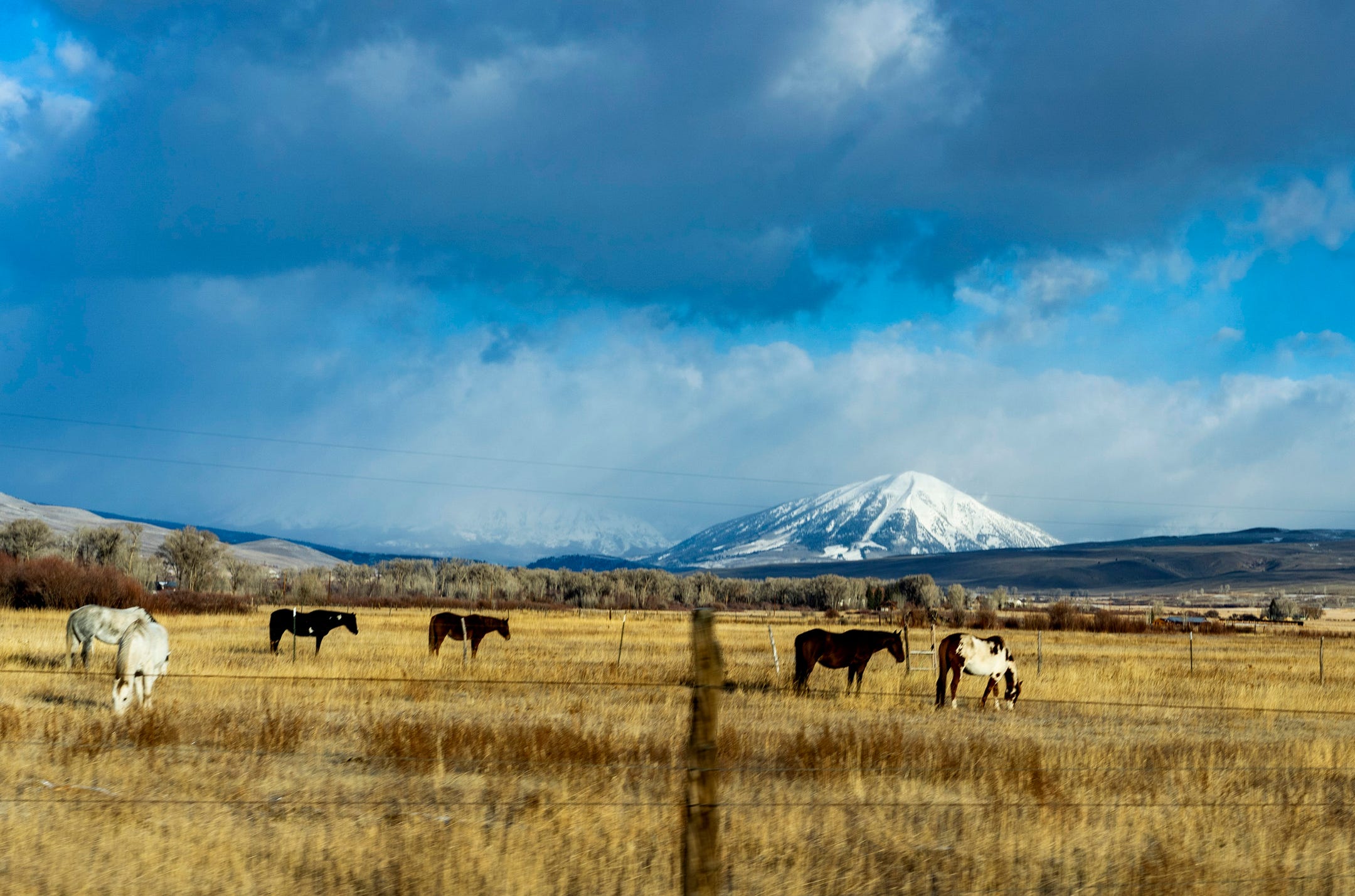
ROCKY MOUNTAIN NATIONAL PARK, Colorado — Beside a river that winds through a mountain valley, the charred trunks of pine trees lie toppled on the blackened ground, covered in a thin layer of fresh snow.
Weeks after flames ripped through this alpine forest, a smoky odor still lingers in the air.
The fire, called the East Troublesome, burned later into the fall than what once was normal. It cut across Rocky Mountain National Park, racing up and over the Continental Divide. It raged in the headwaters of the Colorado River, reducing thick forests to ashes and scorching the ground along the river’s banks.
The fires in Colorado spread ferociously through the summer and fall of 2020 after months of extreme heat that worsened the severe drought.
As smoke billowed over the headwaters, the wildfires raised warning signs of how profoundly climate change is altering the watershed, and how the symptoms of heat-driven drying are cascading down the heavily used river — with stark implications for the entire region, from Colorado’s ranchland pastures to the suburbs of Phoenix.
Over the past two decades, rising temperatures have intensified the dry years across the Colorado River Basin. Warmer conditions are eroding the flows of the tributary streams as vegetation draws more water and as more moisture evaporates off the landscape.
Over the past year, the relentless hot, dry months from the spring to the first snows left the soil parched. The amount of runoff into streams and the river dropped far below average. With reservoirs sinking toward new lows, the risks of shortages are growing.
Much of the river’s flow begins as snow and rainfall in the territory of the Colorado River Water Conservation District, which includes 15 counties on Colorado’s West Slope. Andy Mueller, the district’s general manager, said the extreme conditions over the past year offer a preview of what the region should prepare for in the future.
“Climate change is drying out the headwaters,” Mueller said. “And everybody in the Colorado River Basin needs to be concerned.”
Mueller saw the effects while backpacking in Colorado’s Holy Cross Wilderness in the summer with his 19-year-old daughter. Above the tree line, at an elevation of 12,000 feet, they expected to see mushy green tundra. Instead, they found the ground was bone dry.
When the fires erupted, they burned intensely, ravaging high-elevation forests that once were dubbed “asbestos forest” because they stayed moist and historically didn’t burn.
“That's what this year wrought upon our natural systems up high. And what that meant is that down below that, the humans who depend upon the flow didn't have the water that we need,” Mueller said.
“We're really seeing the effects of climate change hit locally in the Upper Basin incredibly fast and incredibly hard,” he said.
The effects are traveling downstream from the high country to the reservoirs that supply water for farmlands and millions of people.
The water behind Glen Canyon Dam has fallen to just 42% of Lake Powell's full capacity. Downstream behind Hoover Dam near Las Vegas, Lake Mead now sits 39% full and approaching shortage levels.
Farmers, city officials, environmentalists and managers of water districts have been talking about ways to adapt. There are procedures in place to deal with shortages, but there are also scenarios in which water deliveries could be abruptly cut in some areas, potentially triggering a crisis.
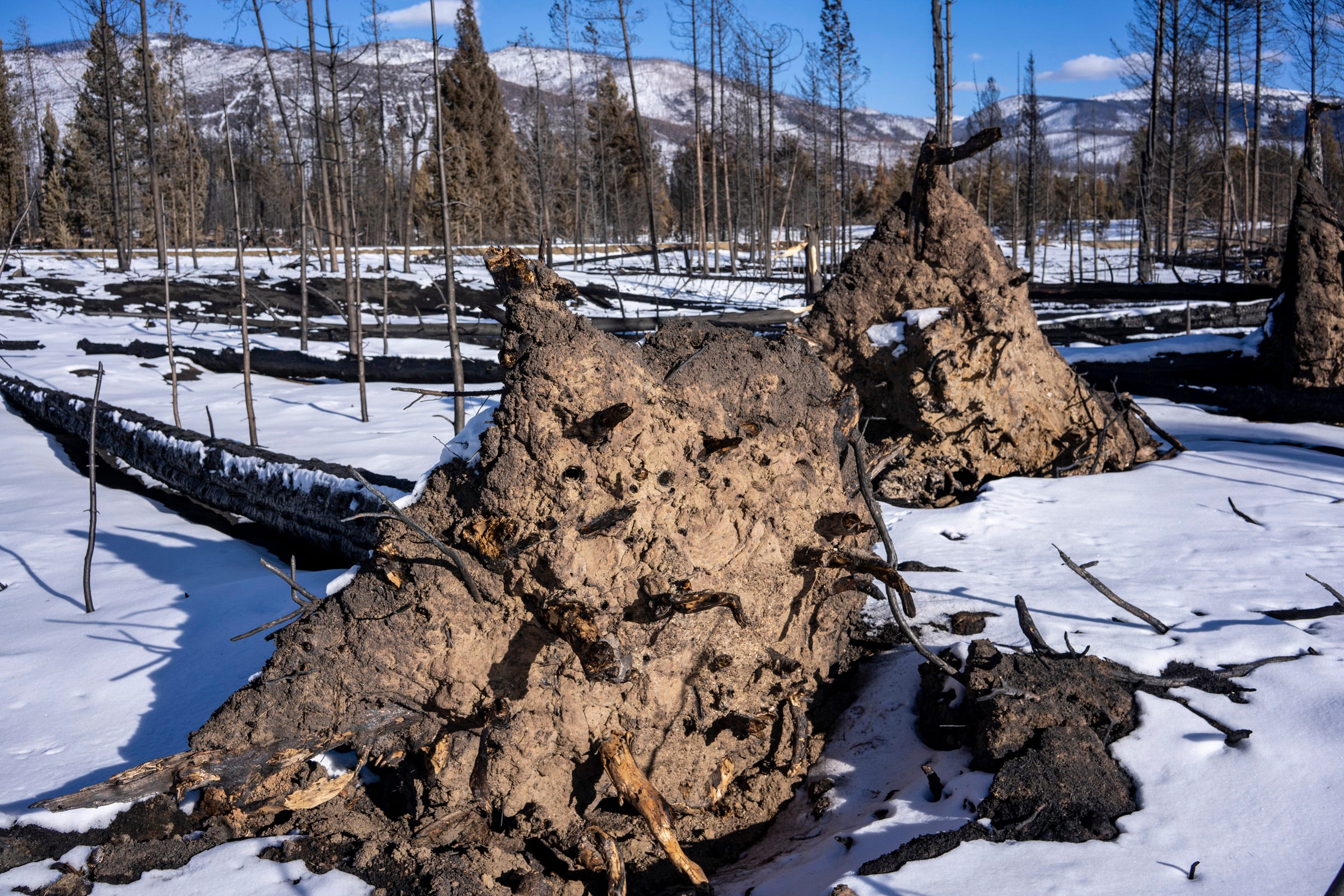
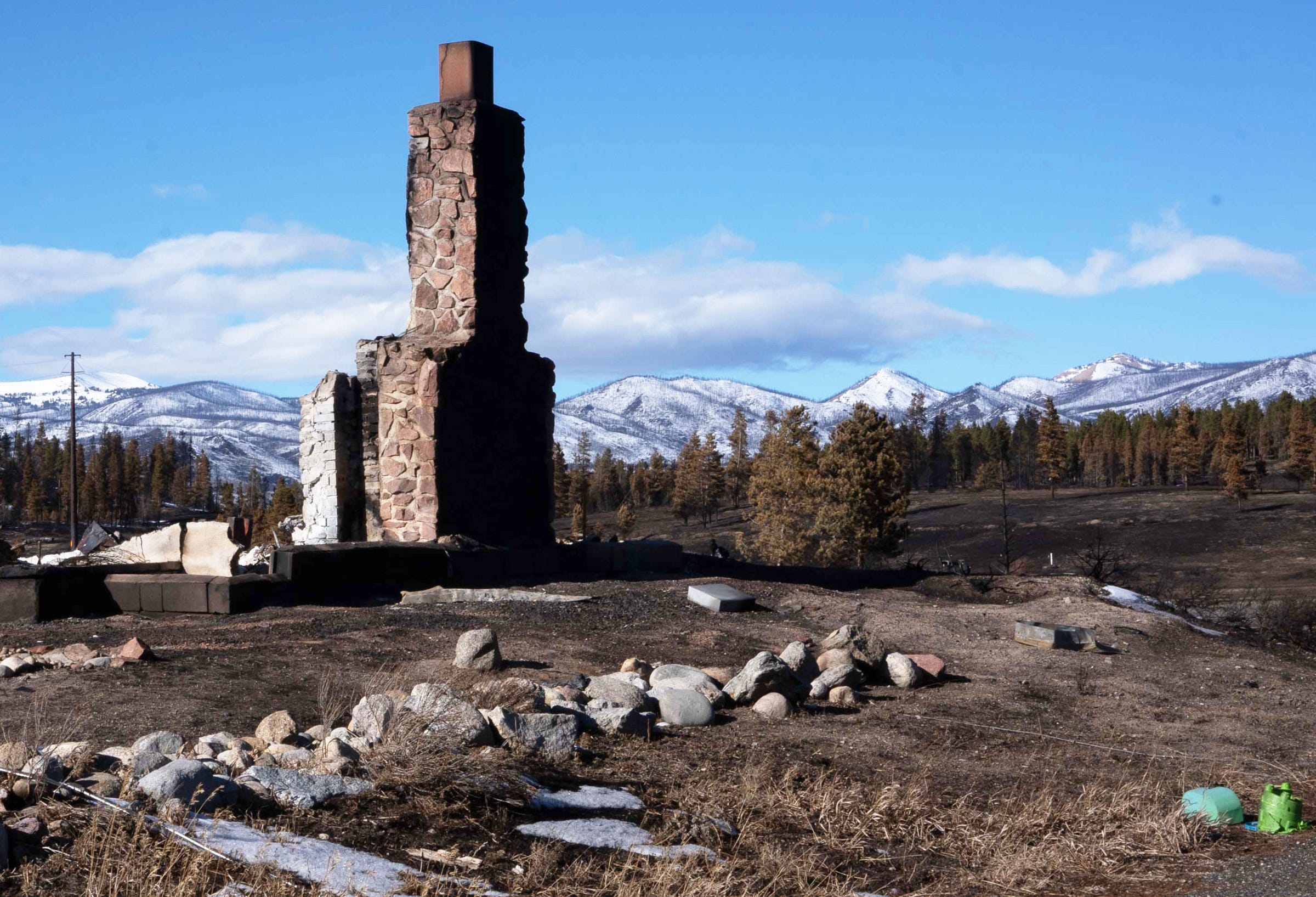
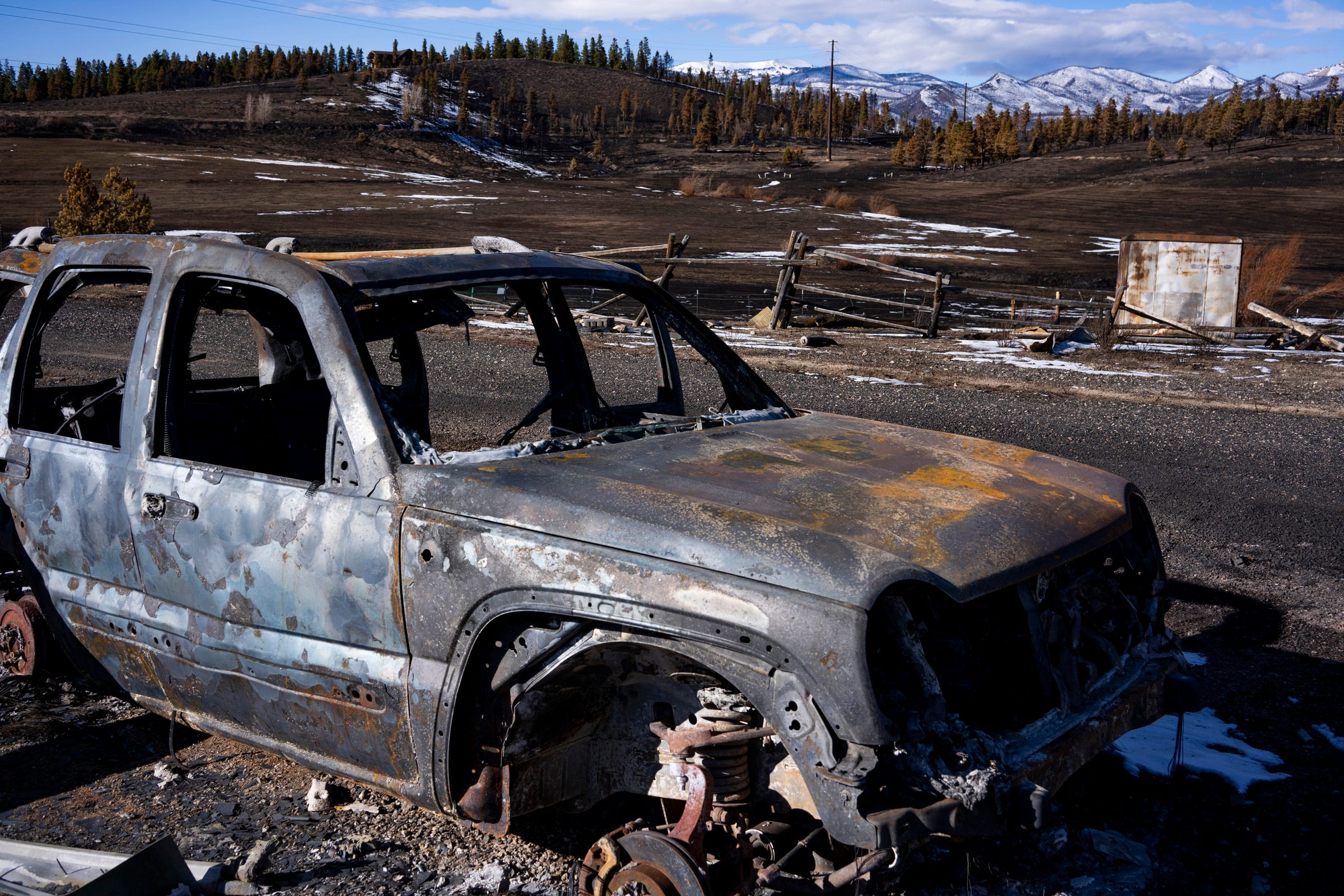
People who focus on the river have widely acknowledged the need to adjust to a shrinking system with less water to go around.
Many suggest solutions can be achieved through collaborative efforts — often with money changing hands in exchange for water — while working within the existing rules. Others say solutions shouldn't fall on the backs of farming communities by taking away water that fuels their economies. Some people argue the river seems headed for a crash and its rules need to be fundamentally reimagined.
In Colorado and the other three states in the river’s Upper Basin — Wyoming, Utah and New Mexico — officials have been studying the possibility of adopting what they call “demand management” plans, which would pay some water users who would voluntarily and temporarily turn over some of their water to help boost Lake Powell.
Representatives of the four states committed to look into starting such a program in 2019 when they signed a set of agreements called the Drought Contingency Plan.
The idea, if the states eventually agree to participate, would be to reduce the risks of a scenario called a “compact call,” in which the three states in the Lower Basin — Arizona, California and Nevada — could demand the Upper Basin send their allotted water downstream under the obligations of the 1922 Colorado River Compact. If that were to happen, it could trigger mandatory cutbacks for some Upper Basin water users, starting with entities that have lower-priority junior water rights.
The deals between the seven states are designed to temporarily lower the odds of Lake Mead and Lake Powell dropping to critical lows over the next five years. The states’ representatives have yet to wade into the details of negotiations on what shortage-sharing rules will look like after 2026, when the current agreements expire.
Still unresolved are difficult questions about how to deal with the shortfall over the long term.
What’s increasingly clear is that the status-quo methods of managing the river are on a collision course with worsening scarcity, and that eventually something will have to give.
“We're bound by that river," Mueller said. "All of us, regardless of our legal rights, regardless of what's on paper, we need to consider how we can use less water. And we need to take action immediately.”
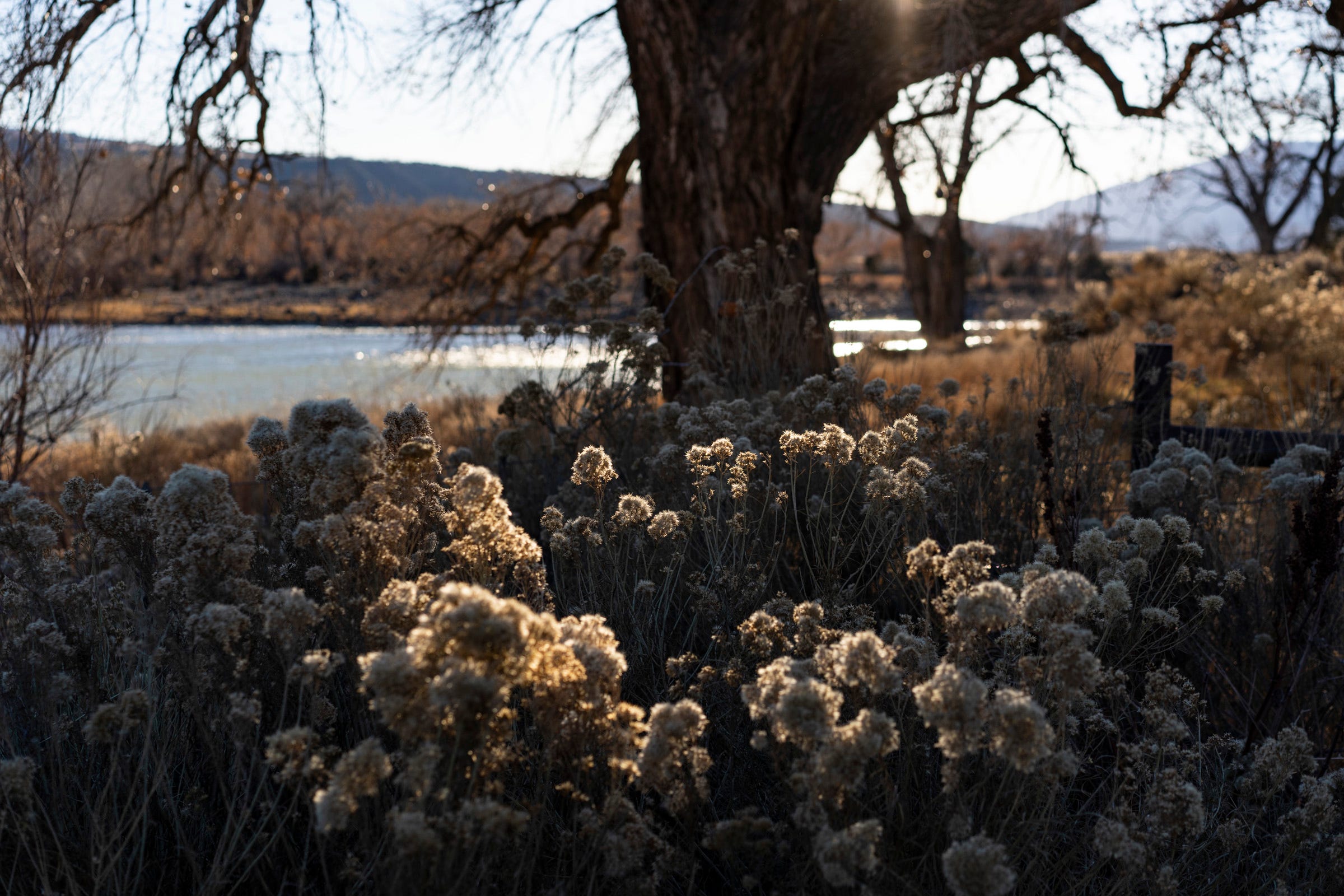
Watershed ‘thirstier’ with heat
Last winter, after a dry year, the Rocky Mountains were blanketed with a snowpack that was slightly above average. Then came extremely hot and dry conditions, which shrank the amount of runoff and flows into tributaries and again baked the soils dry.
Mueller said the change occurred abruptly at the end of the snow season in the spring.
“All of a sudden, the faucet turned off in April,” he said. “And what we saw were, again, higher temperatures, less precipitation and it made all of us in the water community very nervous.”

What he and others had hoped would be a good runoff season instead turned out to be way below average. Lake Powell took in less water than had been anticipated.
“We saw the soil soaking up whatever water was available,” Mueller said.
With the heat, some of the snow didn’t melt but instead evaporated directly into the air, which scientists call sublimation — something that has been happening more over the past two decades. The flows in streams dropped over the next few months, and then August brought record heat, which dried out the headwaters and fueled the fires through the fall.
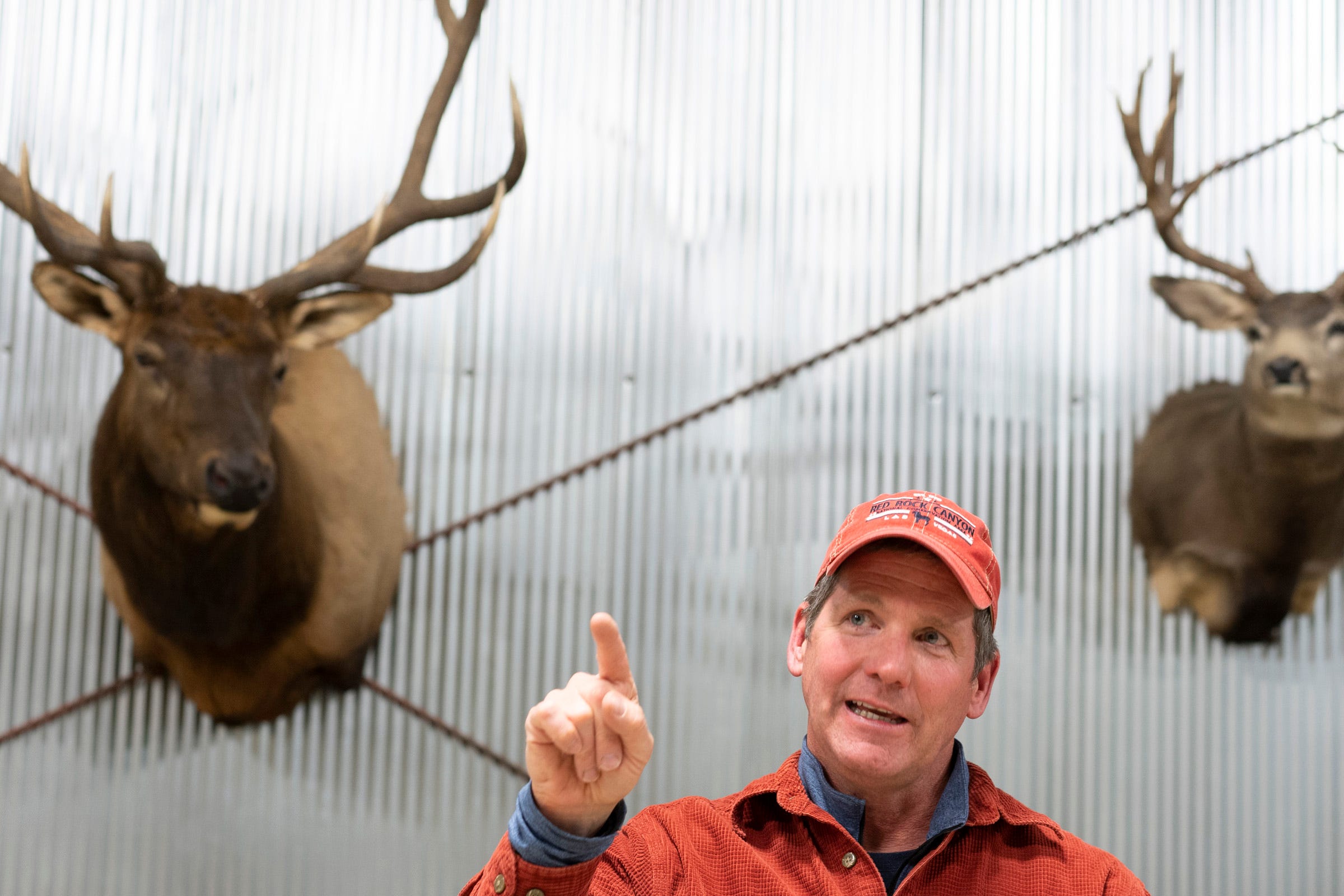
The Colorado River has always cycled through wet and dry periods. As the planet heats up with rising CO2 levels, the dry spells are becoming more intense.
In a 2018 study, scientists found that about half the trend of decreasing runoff in the Upper Colorado River Basin since 2000 was the result of unprecedented warming. In other research, scientists estimated the river is so sensitive to warming that it could lose roughly one-fourth of its flow by 2050 as temperatures continue to rise.
“A warmer atmosphere is a thirstier atmosphere, and we're seeing less runoff bang for our precipitation buck,” said Jeff Lukas, an independent climate researcher in Colorado. “We'll still have wetter and drier years, but the baseline is very likely to be shifting downward, as it has in the last 20 years.”
And when extreme heat comes, it leaves less water running in tributaries and also translates into drier forests, leading to increased fire risk.
The soils were so dry over the past year that they soaked up moisture, contributing to below-average stream flows, said Megan Holcomb, a senior climate change specialist with the Colorado Water Conservation Board.
“You can think of it as like the dry sponge that you haven't wetted in forever,” Holcomb said. “That kind of soil moisture deficit is not something that you rebound from immediately.”
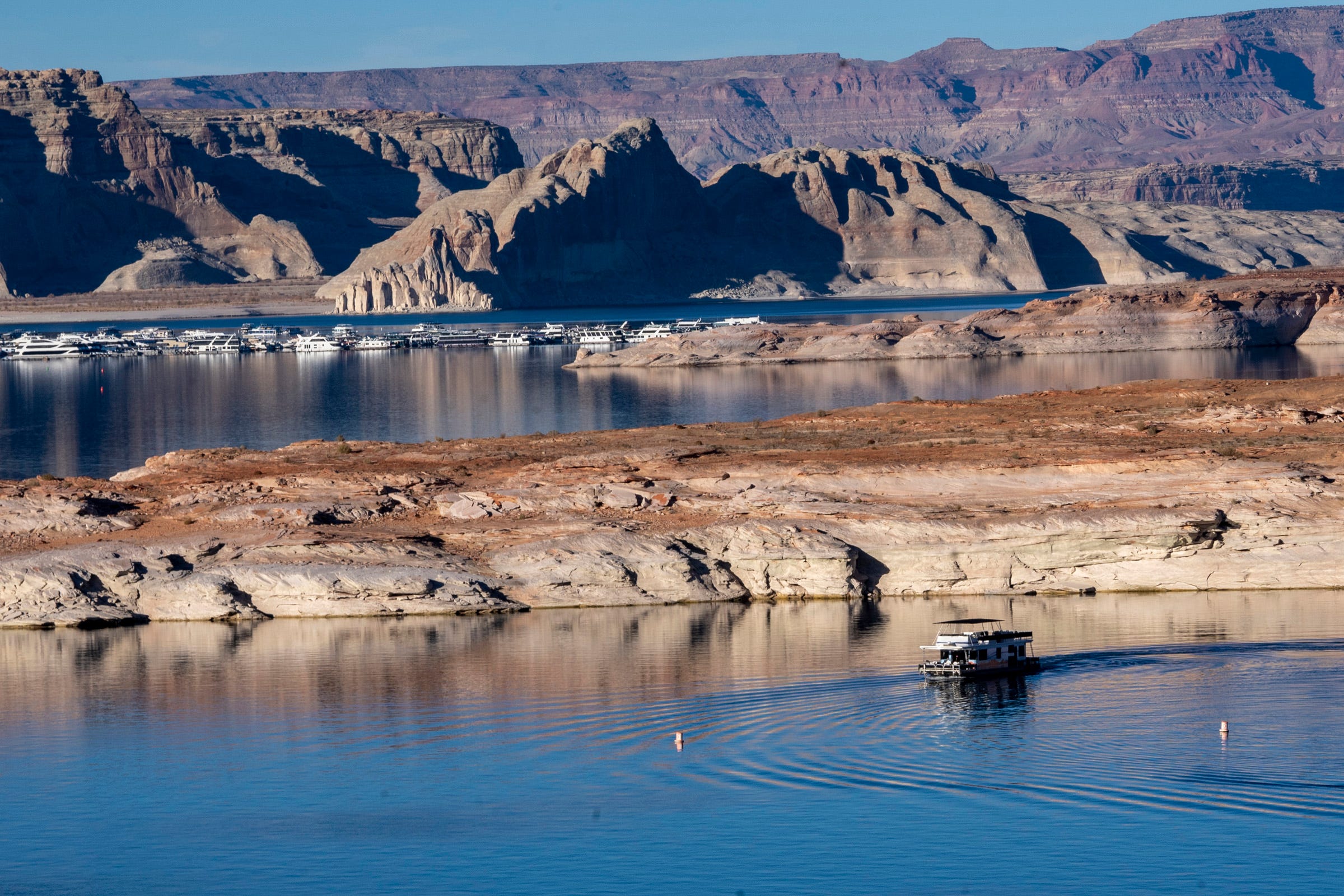
After the hot spring came a dry summer. The lack of monsoon rains compounded the drought. And then came August, Holcomb said, when a map of record-hot temperatures hugged the Colorado River Basin like a “massive red handprint.”
In areas of western Colorado that drain into the river, it was the hottest and driest August on record, breaking the previous temperature record by 2 degrees F, said Russ Schumacher, Colorado’s state climatologist and director of the Colorado Climate Center.
The state usually gets its largest wildfires in June and July. But with the severe drought, the fires burned through August, and then exploded in October with unprecedented speed and intensity. The ultradry conditions, together with high winds, contributed to the three largest wildfires in Colorado history, which together devoured more than half a million acres.
In the future, rising temperatures will lead to more of these scorching summers.
“Already, what would’ve been an extremely hot summer in western Colorado in the mid-20th century is basically an average summer so far in the 21st century,” Schumacher said.
The Colorado River and its tributaries provide for about 40 million people and farmlands from Wyoming to the U.S.-Mexico border.
Demands for water have outstripped the available supply for many years. Most of the river’s delta in Mexico was transformed into a dusty stretch of desert decades ago, leaving only a smattering of natural wetlands.
The hot drought has hit especially hard over the past year, leaving the river's reservoirs at 46% of their full capacity, down from 52% a year ago.
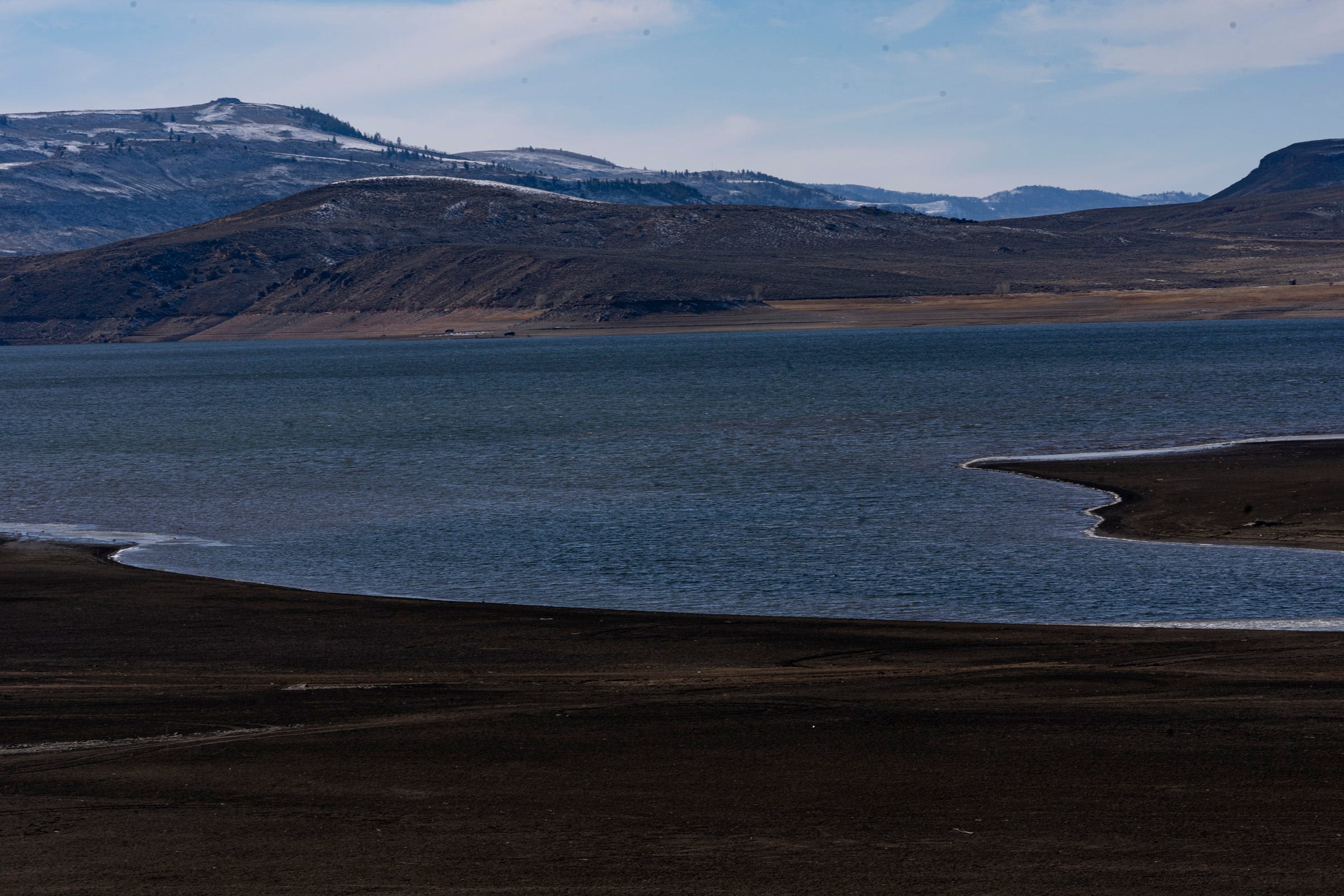
Abby Burk of the conservation group Audubon Rockies noticed how low the river was in the summer when she went paddling in her kayak. In parts where the river was full and muddy a year earlier, she found bars of gravel. Where there once were channels to paddle through, she encountered dead-end lagoons.
In November, when Burk drove through the headwaters near the smoldering fires, she snapped photos of the hills and mountains, still golden-brown beneath a dusting of snow.
When the soil is so parched, it will always “take the first drink” before water reaches the streams, Burk said. “We need a lot more snow for many years to come to really replenish the soil moisture deficits that we're seeing now.”
The fire scars will also bring challenges come spring, she said, when melting snow will send runoff carrying ash, debris and sediment into streams, potentially creating complications for water systems.
Burk said she’s hoping there will be a slow melt so the runoff comes gradually, without “bringing down the mountain into the river.”
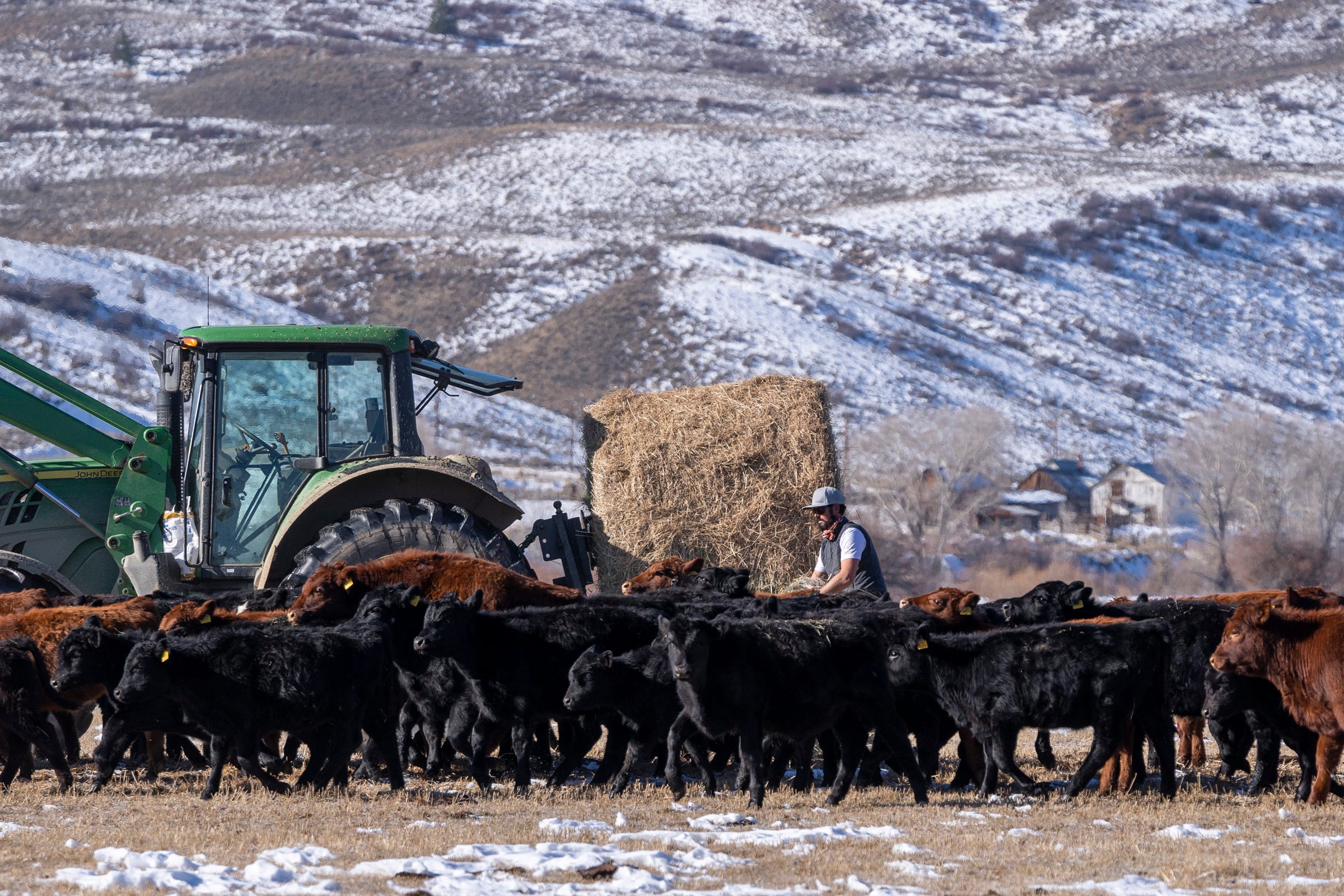
A rancher looks to adapt
Paul Bruchez raises cattle on his family’s ranch in the headwaters near the town of Kremmling, where the Colorado River winds through pastures.
One morning in November, Bruchez drove his tractor across a field beside the river, where brown grass protruded through patches of snow. A round hay bale was loaded on the tractor and the grass fell in clumps to the ground. Calves trotted behind and put their snouts in the hay.
Driving to another pasture, Bruchez took hay to horses. Sunshine glinted off the snow against a backdrop of mountains where weeks earlier a fire had filled the skies with thick smoke.
Near the pastures, Reeder Creek meanders down from the high country, its waters clear enough to see trout swimming. The family's property is named Reeder Creek Ranch, and it’s also home base for Bruchez’s second business as a fly-fishing guide.
His shop, where he parks the tractor, sits about 200 yards from the Colorado River.
The river runs through a wide, grassy valley, nourishing trees and brush along its banks.
The Colorado once spread across the meadow in seasonal floods. But dams and drier years have made it smaller, leaving it shallow enough in the fall to drive across some sections in an off-road vehicle.
In the 1990s, the Bruchez family farmed wheat and raised cattle about 100 miles away in Westminster. But as the city grew, they decided it was time to move. Portions of their property were sold to developers in 2000, and the land was converted to homes and a golf course.
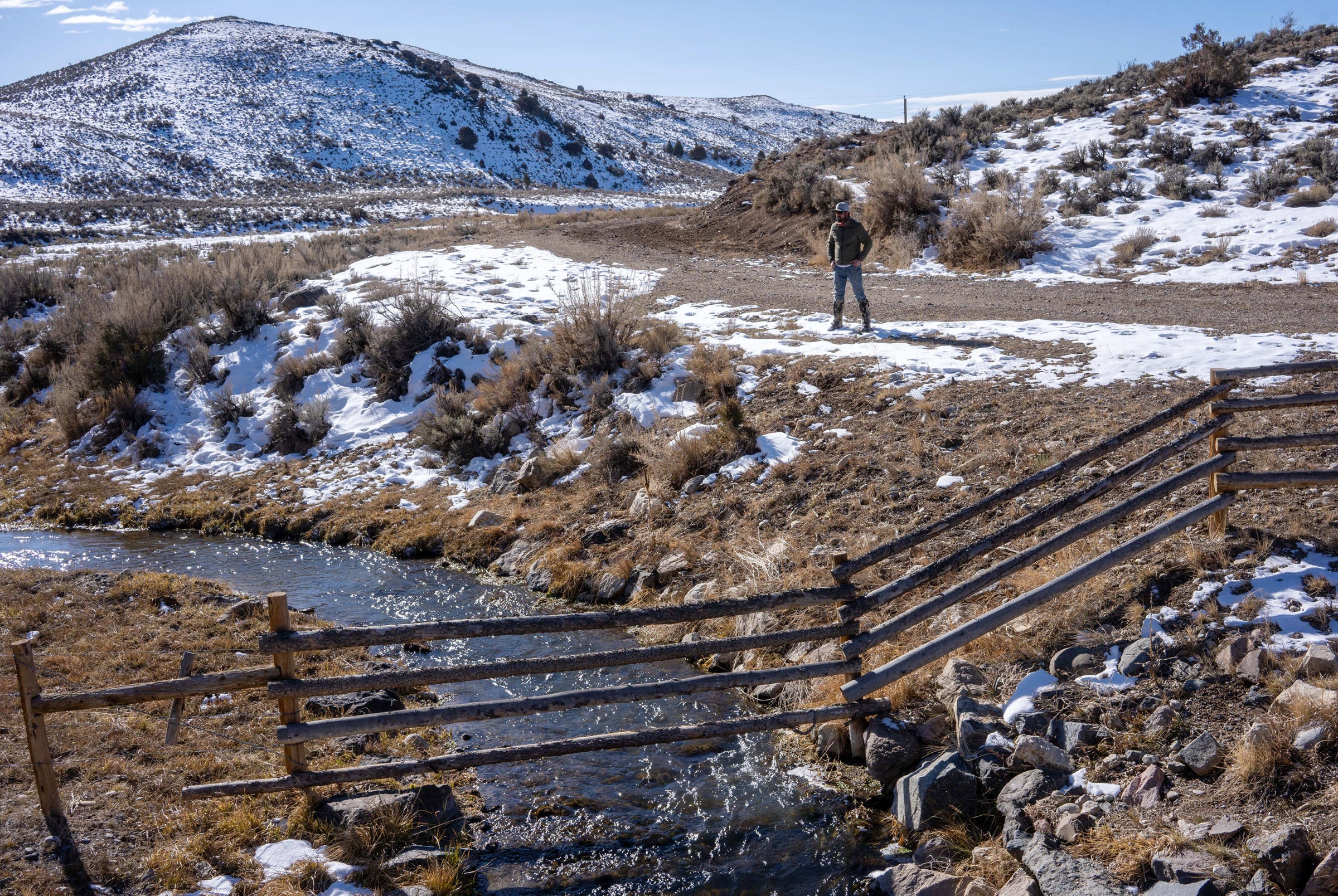
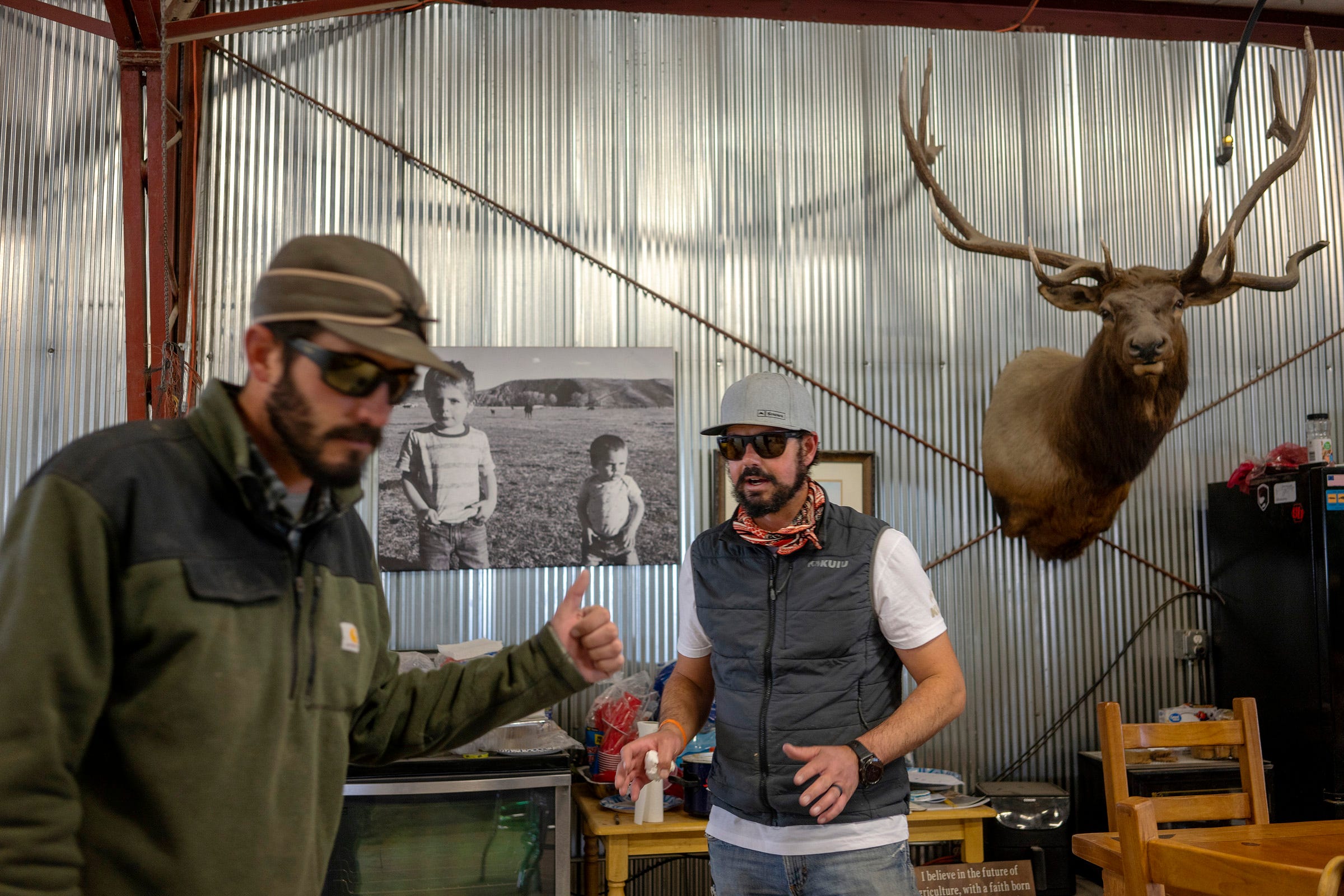

“We're hoping that where we've relocated to is now more of a situation in perpetuity,” Bruchez said.
When Bruchez’s parents bought the ranch, the water rights for some of the land had already been sold to Denver Water decades earlier, but they've been able to continue leasing the water from the city to irrigate pastures.
Bruchez has been involved in discussions about the river as a member of the Colorado Basin Roundtable. And while he’s heard many people voice alarm about the watershed lately, Bruchez said he and other neighboring ranchers have been talking about the need to adapt to a river with less water since 2002, when severe drought came.
The flows dropped so low then that even ranchers with the longest-standing water rights, known as senior rights, couldn’t get it to their fields.
“Within this river basin, we have seen a change over time of the quantity and volume of water that is available. And in that same time, we've seen a growth of population that relies on it,” Bruchez said. “We knew this in 2002 when we hit that drought, that if we didn't change how we operated, we weren't going to survive.”
Since then, Bruchez and other ranchers have been talking about ideas for adapting.
“This isn't a conversation about what's going to happen in 50 years. We've been living it,” he said.
(People in agriculture) need to be at the table or we're going to be on the menu.
Many discussions in the Upper Basin lately have focused on ideas for more flexible rules that would spread the burden of water reductions, and for creating demand management programs that would pay some to use less and contribute the water to reservoirs.
With agriculture using a large share of the water, the idea is that some ranchers and farmers could irrigate less or leave some fields temporarily dry in exchange for payments.
Questions remain about how such a program would work, and the proposal has been controversial. Some in farming areas are concerned about the effects on their businesses. Others have argued for defending the existing water-rights priority system, in which many agricultural communities hold the oldest senior rights while many cities hold junior rights, which make them more vulnerable to facing reductions.
Because Bruchez and other ranchers have senior water rights, their concern isn’t so much that mandatory cutbacks would affect them directly, but rather that in a pinch, if others were forced to cut back, pressures would build for investors to step in and do more “buy-and-dry” land deals in which farms and ranchlands would be retired.
“Water eventually flows towards money,” Bruchez said. And as risks of shortages grow, “it puts the financial pressure on water.”
The closer the region gets to a scenario of curtailing water allotments, Bruchez said, the more investors and representatives of cities and towns are going to be contemplating ways of securing water from elsewhere.
For people in agriculture, he said, “we need to be at the table or we're going to be on the menu.”
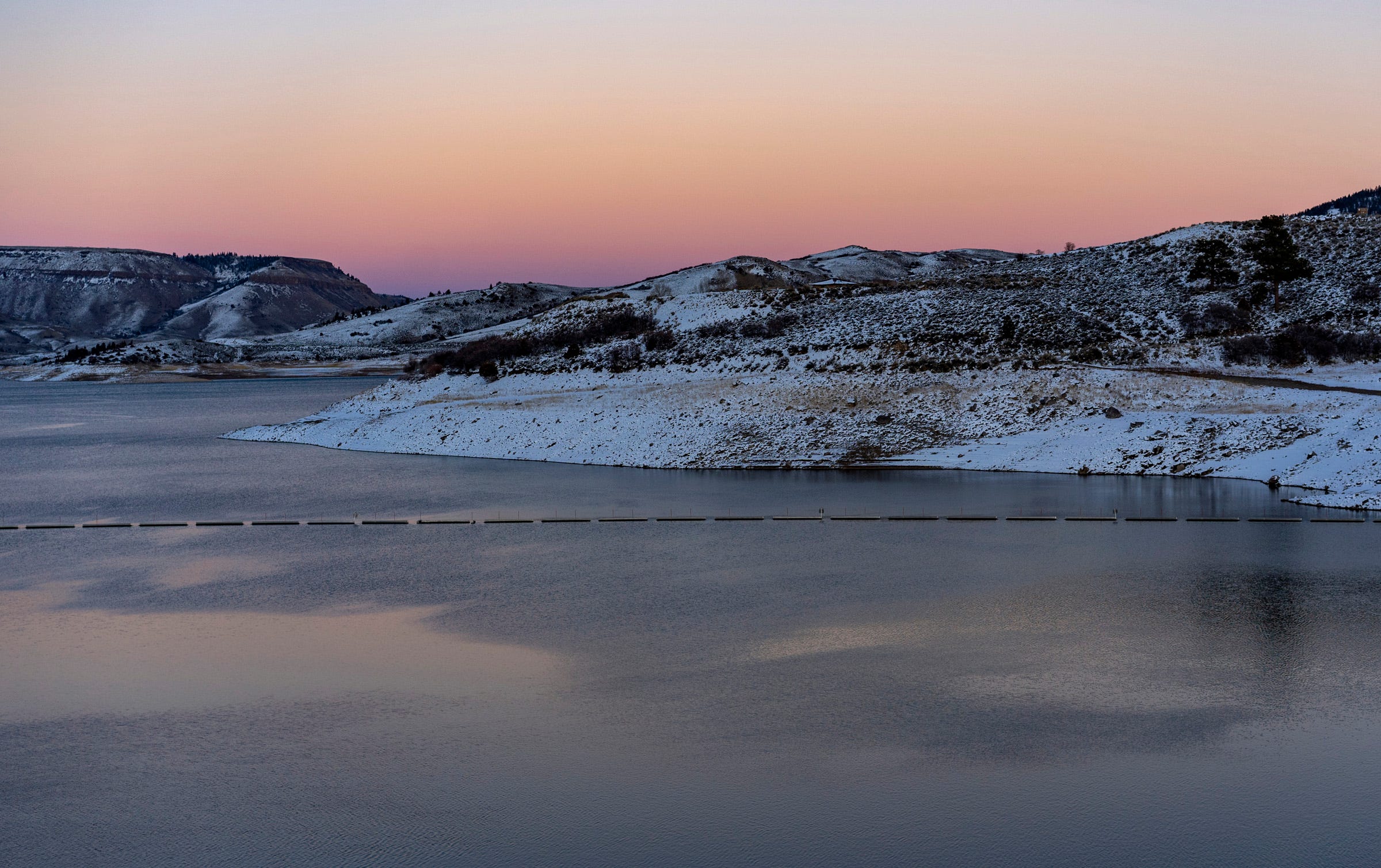
‘It affects everybody’
One of the main tributaries that feeds the Colorado is the Gunnison River, which like the mainstem has shrunk during the heat-amplified drought. Along the Gunnison, cattle ranchers got less water last year and their pastures produced less hay.
The river’s low flows also forced an early end to the river rafting season on Labor Day weekend. After that, releases from a dam had to be cut back and the Gunnison was left much shallower than usual, with rocks protruding in stretches where boats would normally be drifting until the end of September.
The river has dropped to some of its lowest levels in years, said Sonja Chavez, general manager of the Upper Gunnison River Water Conservancy District.
“That’s an impact to our anglers and rafters who come, and to the local economy,” Chavez said.
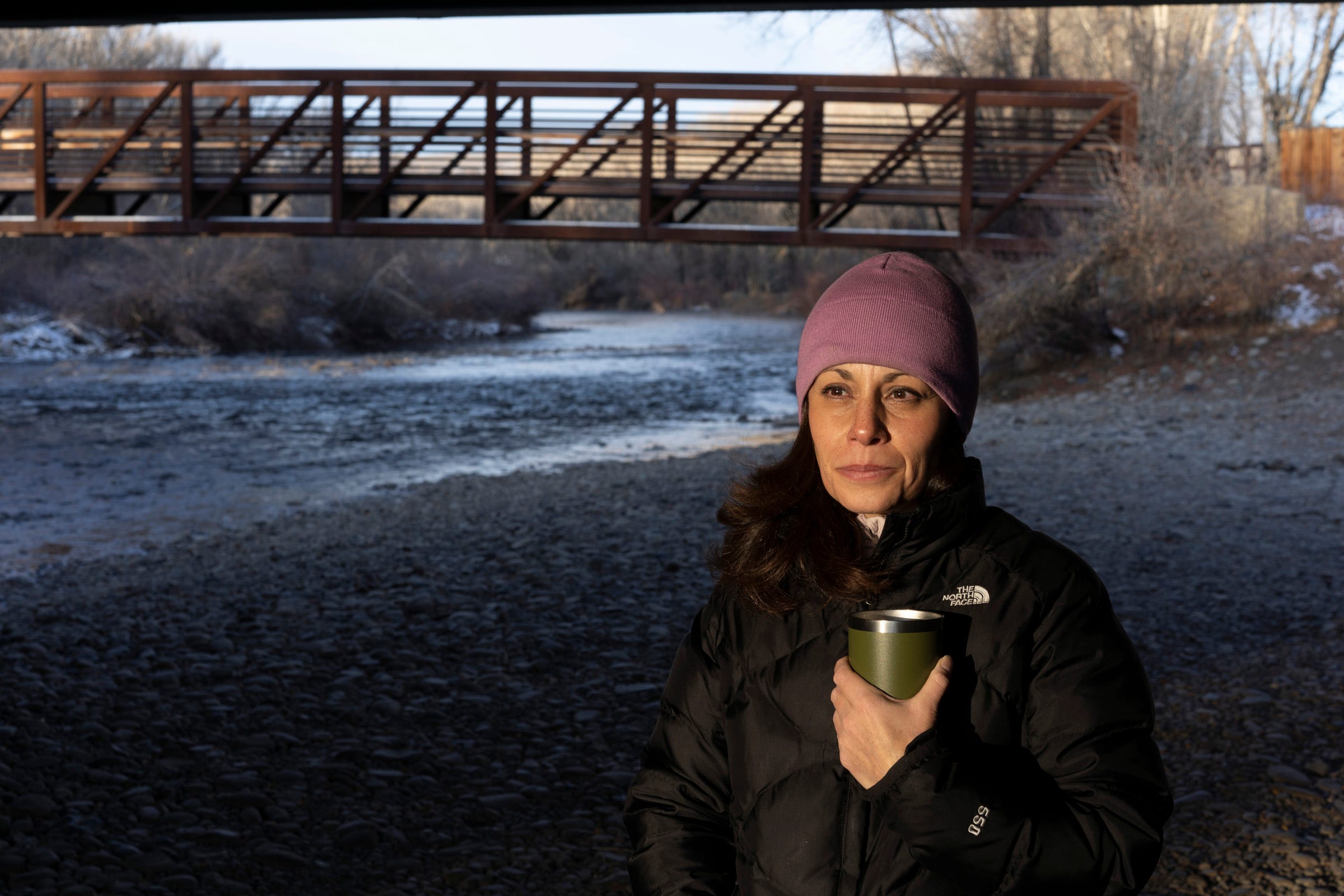
The effects are visible at Blue Mesa Reservoir, one of the state’s largest, which has declined to less than half its full capacity.
Visiting the lake, Chavez walked on sandy ground that used to sit underwater.
Looking across the inlet where the river pours into the lake, she pointed to a gray line on the rock showing the high-water mark. During spring runoff, she said, the river in this channel can reach about 20 feet higher. But with the soil so parched, its level dropped.
“When we are dry in the Upper Gunnison Basin, it affects everybody downstream of us,” Chavez said. And the swings between high and low flows, she said, have made it difficult to plan how to operate the reservoirs.
“Climate change within the basin is having dramatic effects on everyone,” Chavez said.
At the same time, Chavez said, the river's challenges point to the urgent need for solutions in addressing carbon emissions, both at the federal level and the local level.
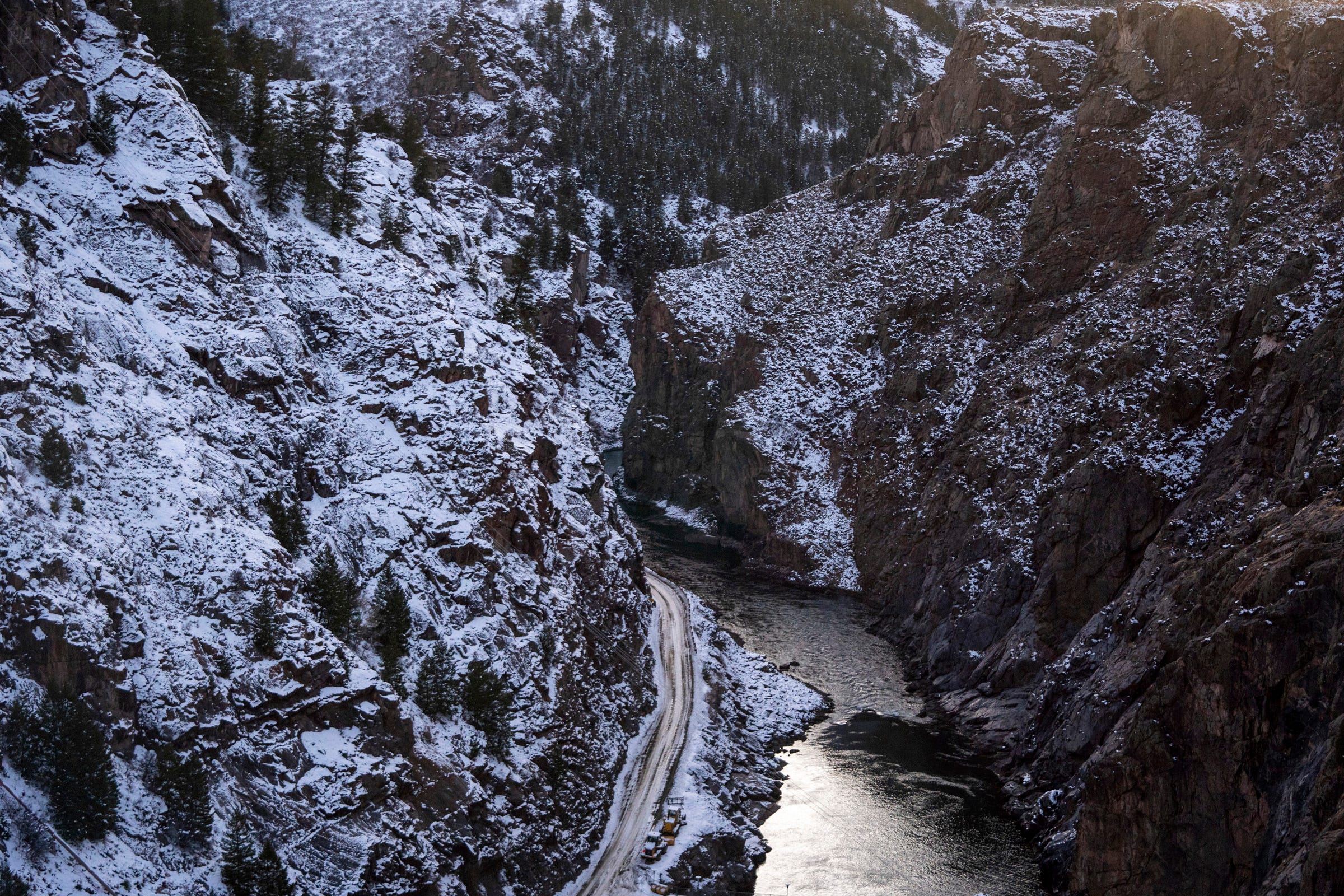
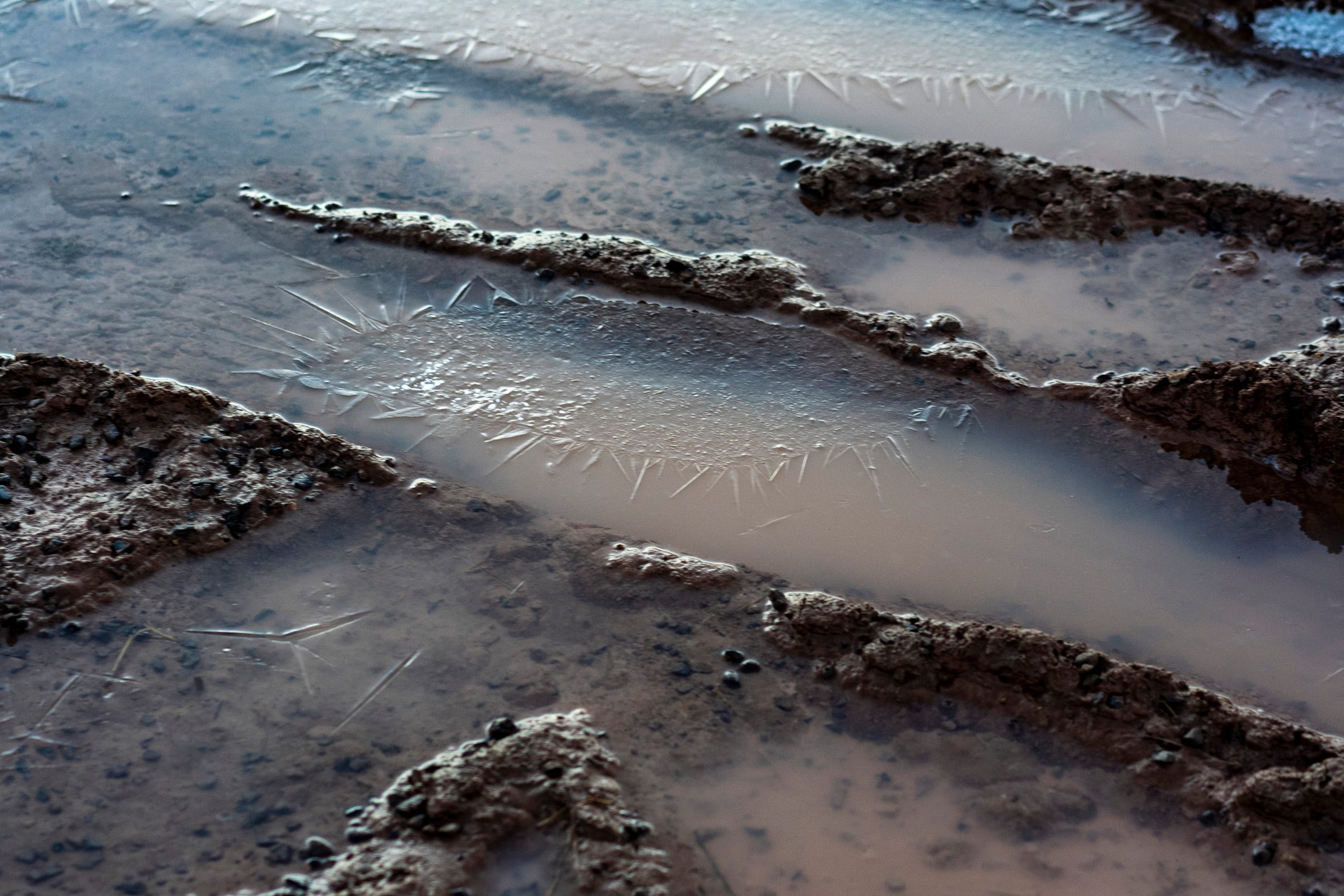
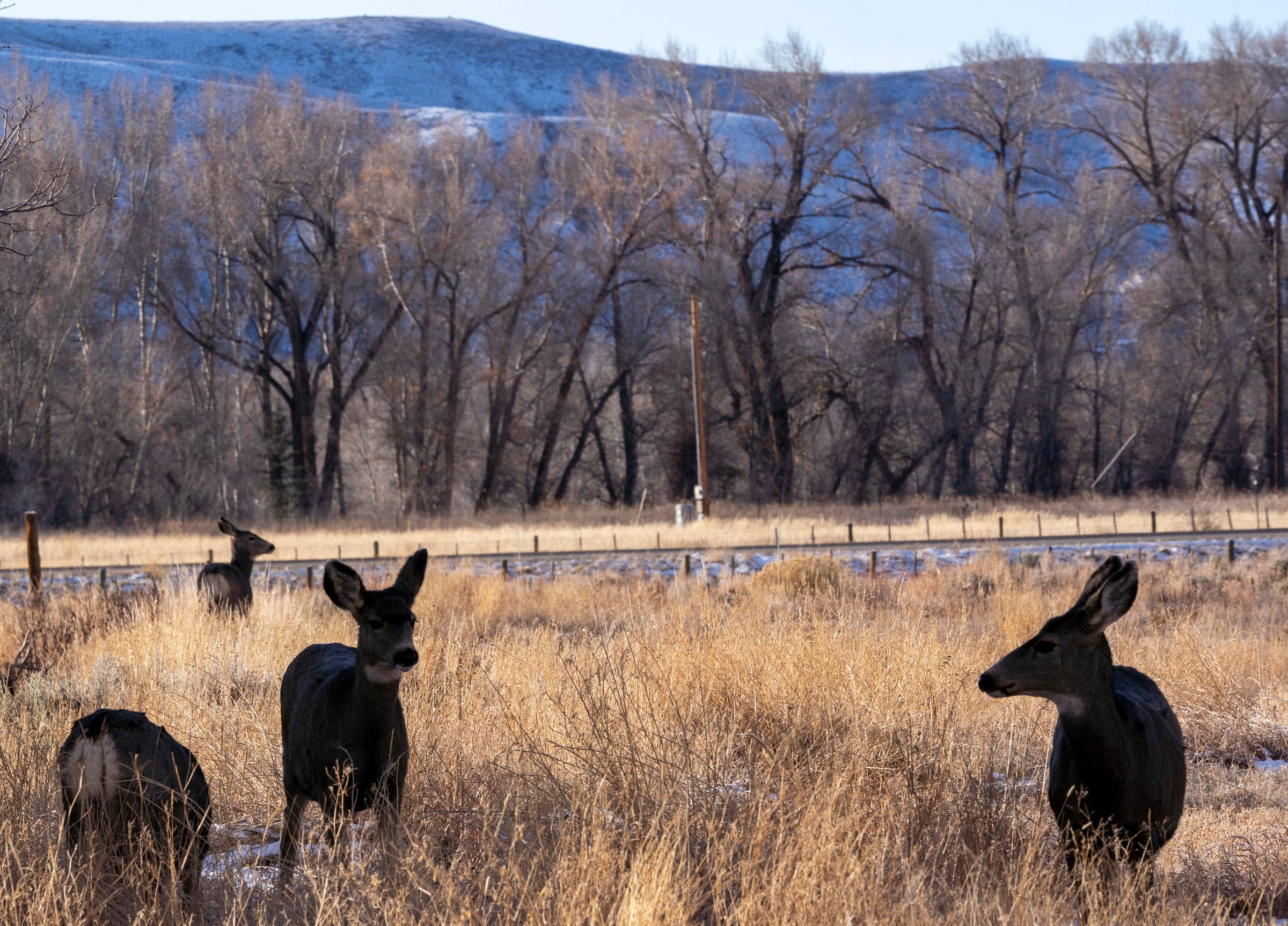
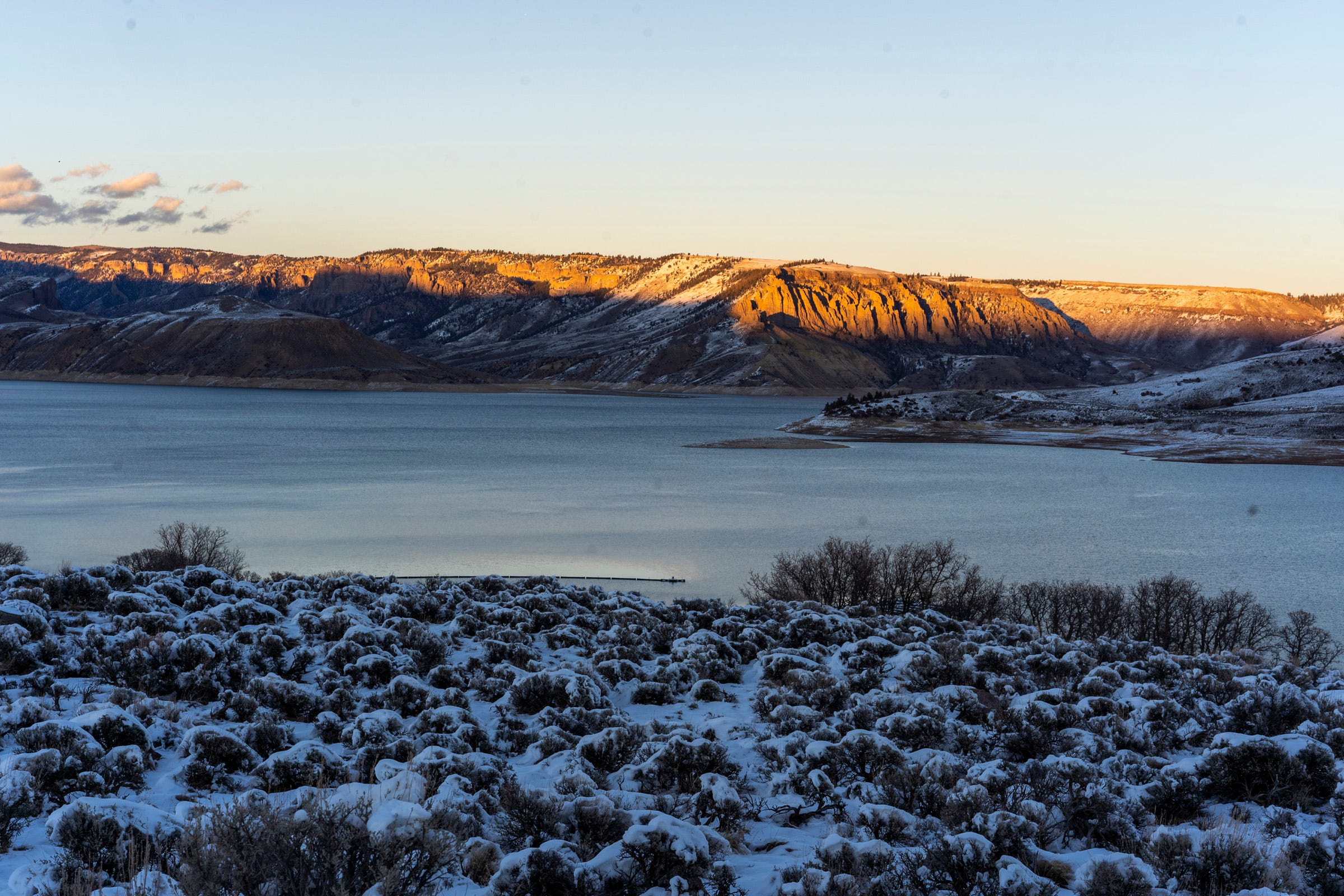
In the Gunnison Valley, a local climate action group meets to talk about potential solutions. Some conversations have focused on how to manage forests that have grown thick with vegetation over the past century as federal agencies have focused mostly on putting out fires.
While the forests have grown thicker, warmer temperatures have enabled beetles to flourish, littering the mountains with dead trees.
Chavez and others want to prioritize efforts to make the forests healthier and more fire-resilient by thinning the trees through logging, mechanical treatments or controlled burns, which they say would make the whole watershed healthier. She said the federal government needs to be more involved and the region needs funding for these projects.
“Our big push this year is to do some watershed management planning and work with the Forest Service to identify zones of concern, or areas that we can treat,” Chavez said. “We’re worried if we had a big fire what would happen.”
Alongside those efforts, water managers are discussing ways of dialing down water usage.
With less water available to divert over the past year, cattle ranchers in the Upper Gunnison Basin said they produced only about 50-70% of the hay they would get in an average year.
In the fall, ranchers here typically let water run onto their fields, which freeze for the winter. When the snow thaws in the spring, the pastures will be wet and productive.
But going into this winter, the pastures are dry and the groundwater table has dropped, Chavez said. When the snow melts, the water will first be soaked up by the depleted soil and aquifer to recoup those losses, which will make it tougher for crops to bounce back.
If the drought persists, the economic toll for ranchers will worsen.
“We can weather a year. We can weather maybe a couple of years,” Chavez said. “But if you get back-to-back years, then you start to see impacts.”
'OUR RIGHT TO FIRE': Tribes battle agencies, old policies to restore fire practices
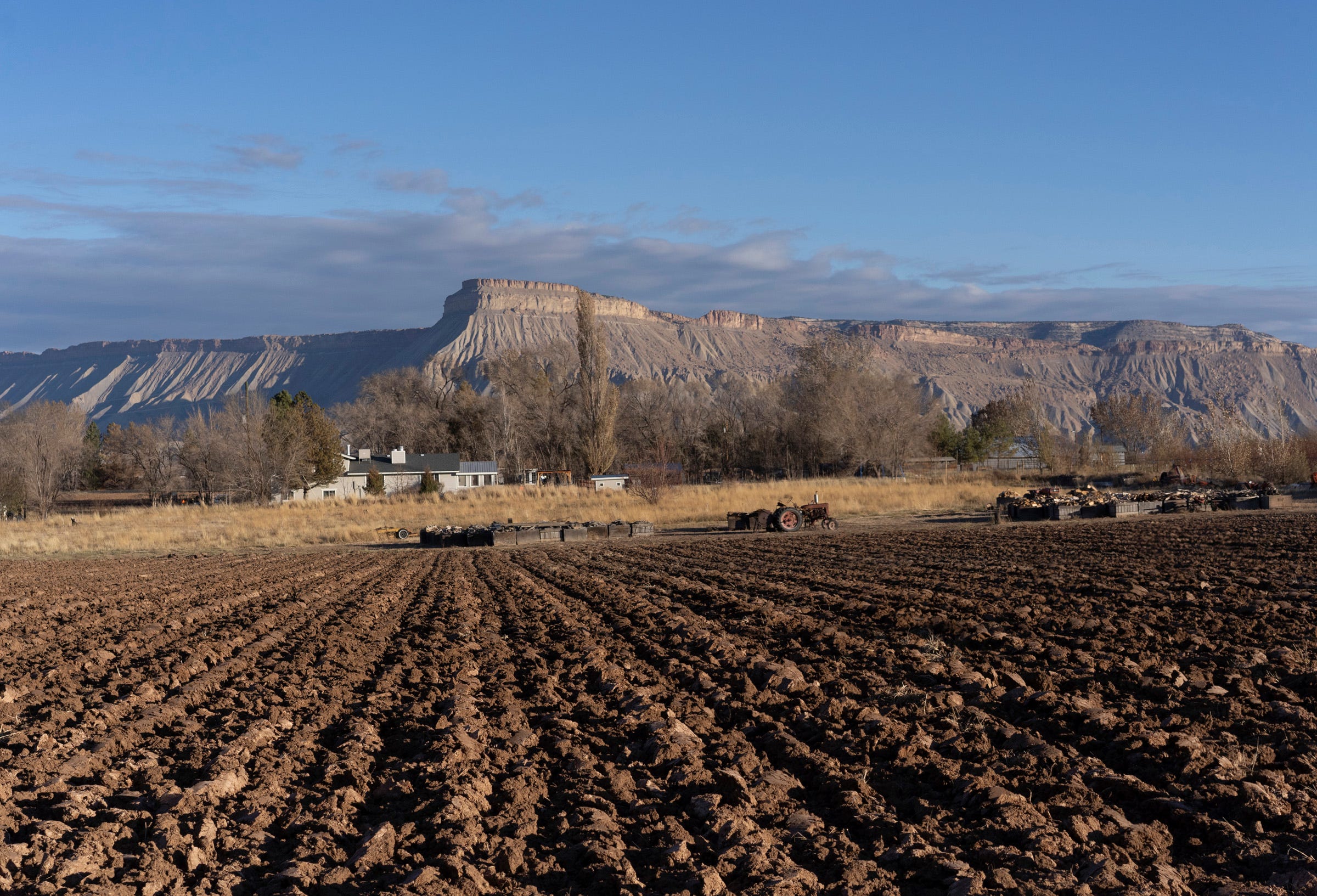
Ranchers, farmers consider using less
One lifelong rancher who had a smaller-than-usual hay crop was Bill Trampe, who has worked on water issues for years as a board member of the Colorado River District.
His cattle graze on meadows near Gunnison where the grasses survive year after year. He was short of water to irrigate after mid-June, which left the pastures parched.
“When you have a drought or you have fallowing, you're going to lose a lot of those plants that are growing there,” Trampe said. “And then it takes years — two, three, four, five years — for them to come back.”
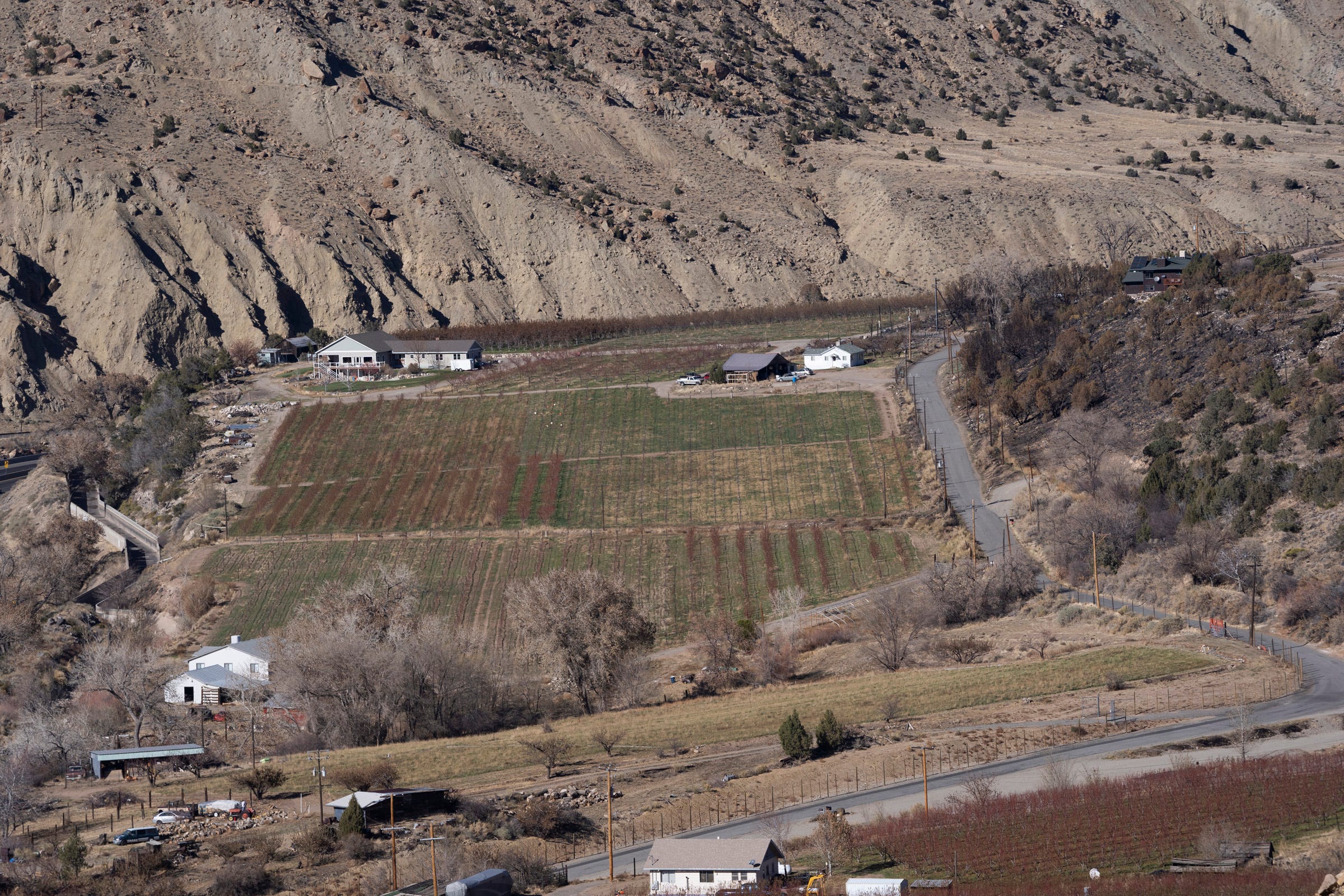
Over the past two decades, only a few years brought good snowpack, he said, and ranchers have repeatedly had to weather the financial hits of years when they must buy hay for their cattle.
“I'm right now looking for hay locally, where I don't have to haul it great distances,” Trampe said. He has also been reducing his herd by selling some cows.
In this part of Colorado, he said, leaving some lands dry under a demand management program would be difficult because cutting off water to certain properties would lower groundwater levels on surrounding land, affecting neighbors who didn’t participate.
Many farmers and ranchers have pushed for any such program to be voluntary. Trampe said agreements to temporarily leave some lands dry could probably work in some other farming areas.
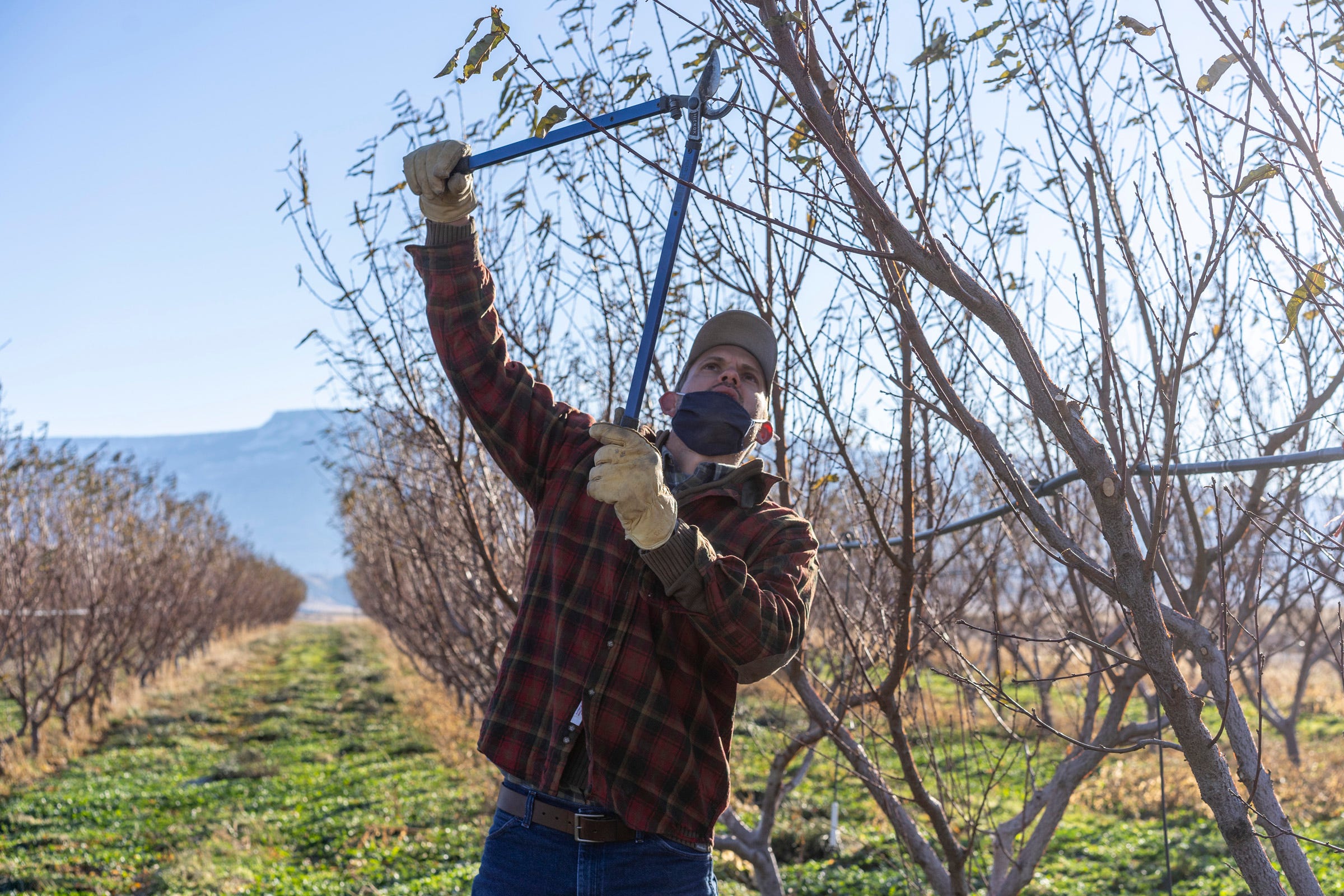
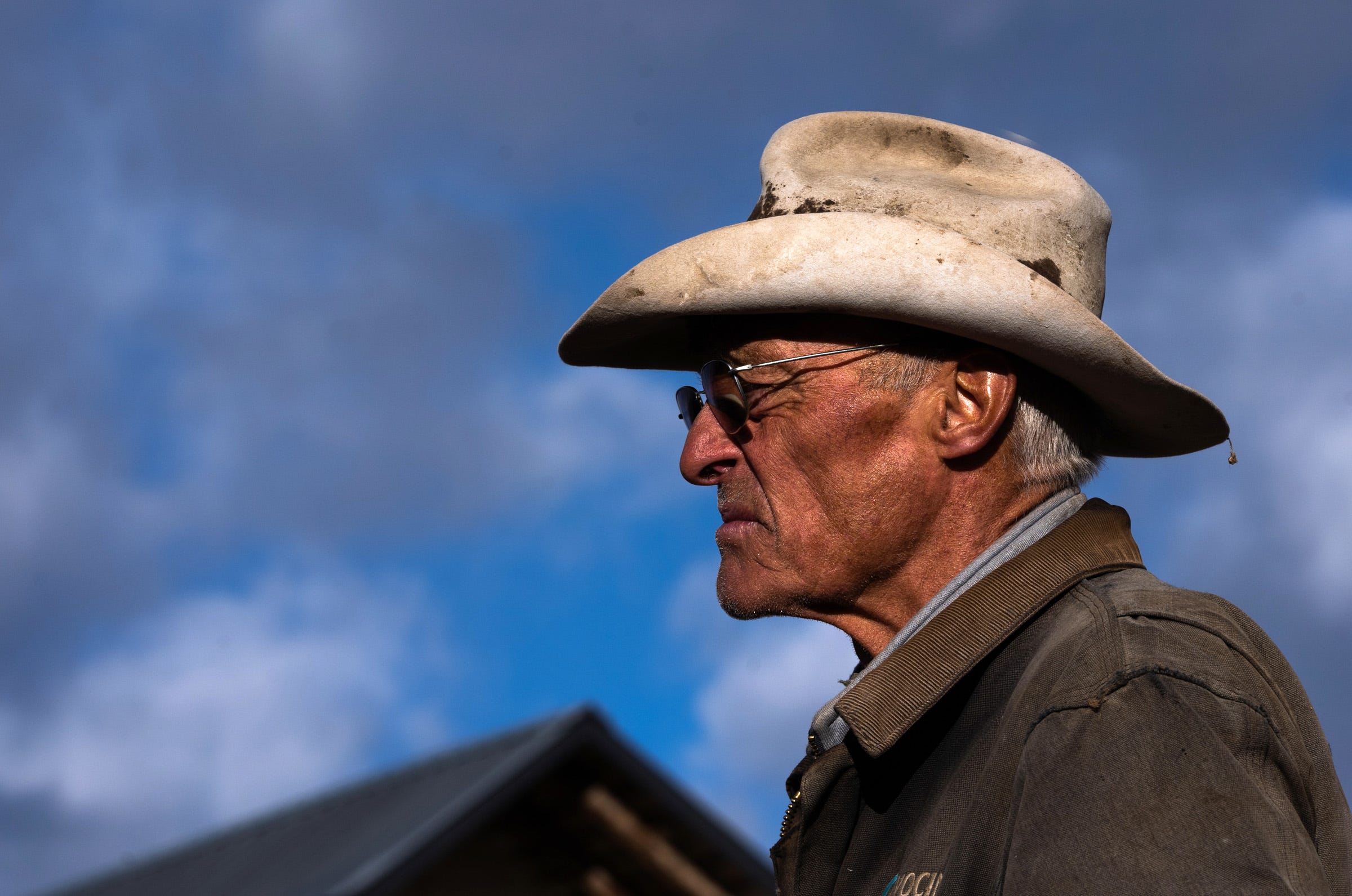
“My problem is, I'm not sure there's enough acreage to fallow,” Trampe said. “There's lots of questions how it's going to move forward.”
And then there are questions surrounding how growing urban areas on Colorado’s Front Range, including Denver and other cities, would take part.
“All of them over there, they need to participate as much as we do,” Trampe said. “And so that's a battle within our state that we're going to have to have.”
Trampe said he hopes the cities are willing to participate in any voluntary cuts “so that agriculture isn't hammered with the entire scope” of Colorado’s portion of the reductions. If ranchers in the Upper Gunnison Basin were required to participate and temporarily leave some pastures dry, Trampe said, they would need help to stay in business.
“I don't care how much money they throw at us," Trampe said. "If we really want to be ranchers, it's going to be very, very difficult for us to survive. It'd be just like having a drought all the time.”
Another farming area that depends on the Colorado River is Orchard Mesa Irrigation District in Palisade. A pumping plant built in 1910 pushes water up to the mesa, where it flows with gravity to wine-grape vineyards and orchards with peach, pear and cherry trees.
Luke Gingerich and his wife, Annie, own a small organic peach orchard with a high-efficiency sprinkler system. During the heat waves, Gingerich has needed to irrigate more to keep the trees healthy.
“This year and last year, my soil moisture was low,” Gingerich said. “I’m out here more often than I would be turning the water on.”
The family dogs, Pearl and Farley, followed along as Gingerich snipped at a tree with pruning shears.
I don't care how much money they throw at us. If we really want to be ranchers, it's going to be very, very difficult for us to survive. It'd be just like having a drought all the time.
“The demand management conversation has really been the hot topic in Colorado as of late,” Gingerich said. Starting the initiative would be possible at some level, he said, though it would be expensive.
Gingerich, who also works as a water resources engineer, said he’s concerned about the uncertainty climate change may bring.
He said he and other growers with orchards need a reliable water supply for 20 years or more to make their investments worthwhile.
On his orchard, Gingerich can’t afford to cut off water for a year. He perhaps could take part in using less, “but it has to be dialed in” and planned carefully, he said, whereas a hay grower might have more flexibility to leave some fields dry.
For his part, he needs to be able to plan for the long term.
“If we're dealing with a smaller river than we had originally planned on, how do we make agreements … that allow an operation like mine to survive?” he said. “And I'm sure those concerns exist for agricultural producers in Arizona and California as well.”
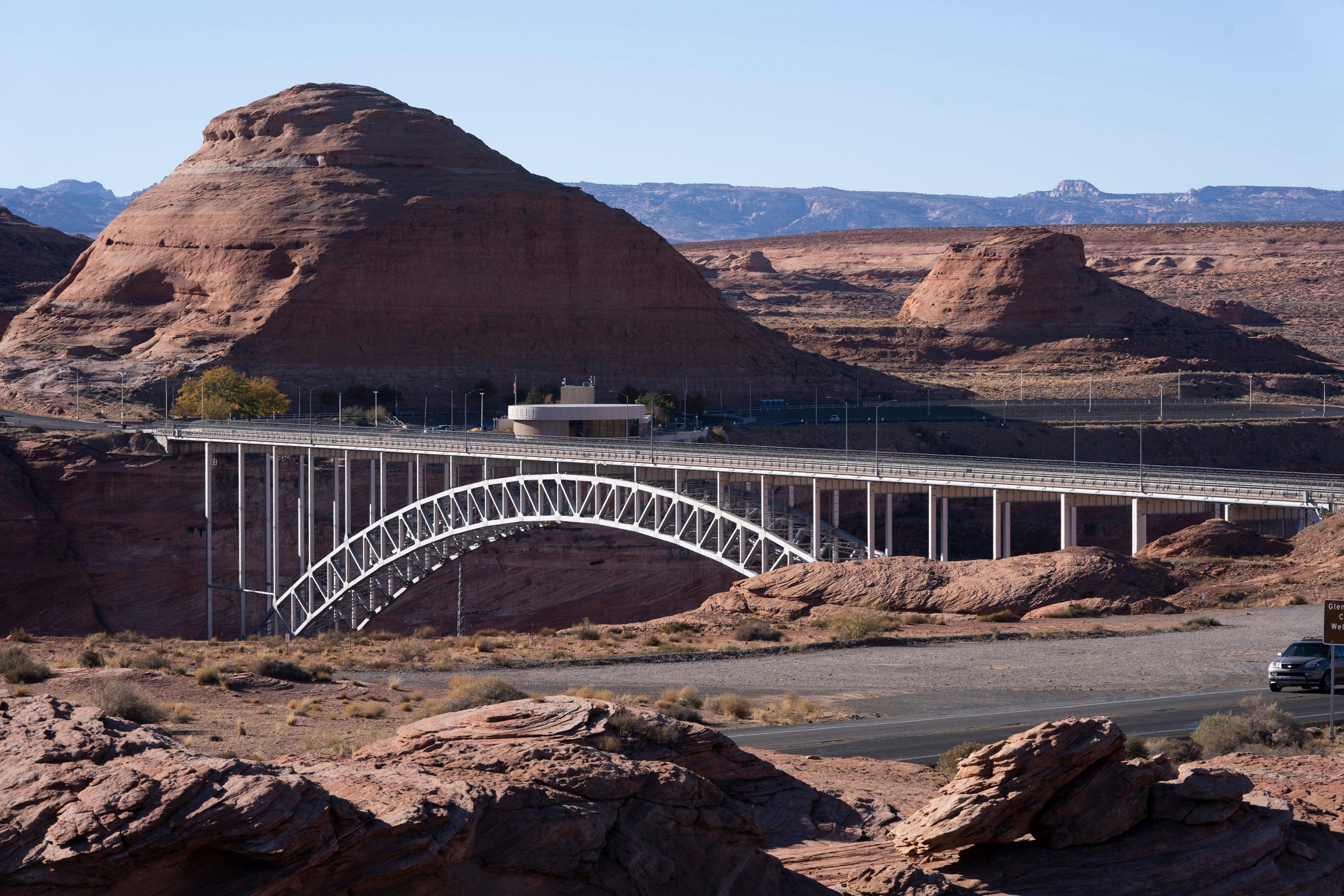
‘We need to set the terms’
In other parts of the river basin, some representatives of agricultural water agencies are worried about the potential consequences of paying farmers to leave land dry.
One such voice is J.B. Hamby, a newly elected board member of California’s Imperial Irrigation District, who said he’s concerned that while cities and sprawling suburbs continue to grow rapidly, agricultural communities are increasingly at risk. He said people in cities need to realize there is a priority system that shouldn’t be changed.
“The fact is that we were here first. We established a right to this. We continue to be more efficient,” Hamby said. “And it was their choice to build a Phoenix or a Las Vegas in the middle of these bowls of sun, in the middle of the most arid places in the country.”
Arizona gets nearly 40% of its water from the Colorado River. Much of it flows in the Central Arizona Project Canal, which cuts across the desert from Lake Havasu to Phoenix and Tucson.
In 2020, Arizona and Nevada took less water from the river under the drought agreement among Lower Basin states, and in 2021 they will again leave some of their water in Lake Mead. The latest projections show Mead could fall below a key threshold by summer, which would trigger a shortage declaration and larger cutbacks in 2022.
NOT ENOUGH: Risk of Colorado River shortage is on the rise, could hit within 5 years, officials say
In the years to come, Hamby said, farming communities shouldn’t be told to use less and face the consequences.
Hamby pointed to the recent history of the Imperial Irrigation District, which in 2003 approved a deal that transferred increasing amounts of water from Imperial Valley farm to cities in Southern California.
Now, with less water flowing to farms, the amount of runoff into the Salton Sea has shrunk, leaving growing stretches of exposed lakebed that spew dust into the air. The dust is contributing to some of the worst air pollution in the country, and many children suffer from asthma.
Hamby said the Imperial Valley would have been better off without the water transfer deal. Looking at the proposed approach in Colorado, Hamby said, it seems to replicate what occurred in Imperial.
"When you tie money to water, you get users who become addicted to the money and don't actually in the end start to want to farm anymore,” Hamby said. “That is really corrosive to the long-term survival, much less thriving, of rural communities when people get more hooked on money rather than the way of life and putting the water on the land.”
He argued that such an approach would be “subverting the whole priority system” and enabling cities to avoid taking cuts themselves.
Hamby suggested cities should instead invest in more conservation, water recycling and other sustainability efforts.
Other critics of demand management argue the concept is misguided.
Gary Wockner, who leads the environmental group Save the Colorado, focuses mainly on fighting proposals for new diversions, dams and pipelines, but lately he has also spoken against the proposal for “temporary, voluntary and compensated reductions” in water use.
As the proposal stands, a vast quantity of farmland would need to go unplanted to put sufficient water in Lake Powell, Wockner said.
“They're telling all the farmers that it's temporary, and so they're going to lease the water for one year and create the ‘drought pool’ in Lake Powell rather than buy it permanently,” Wockner said. But he said that flies in the face of climate science showing the effects of warming are here for good and will be severe.
“We believe that they're going to need the water every year, not one year,” Wockner said.
Wockner's stance puts him at odds with representatives of other groups such as American Rivers and Trout Unlimited, who have been supportive of initial steps toward a demand management program to reduce pressures on the river.
Wockner also is critical of the Walton Family Foundation, which provides grants to various conservation groups. The foundation says its goals in the Colorado River Basin include “designing a flexible water management system” that addresses regional water needs, establishing an Upper Basin “water bank” to incentivize conservation and securing public and private funding to support conservation.
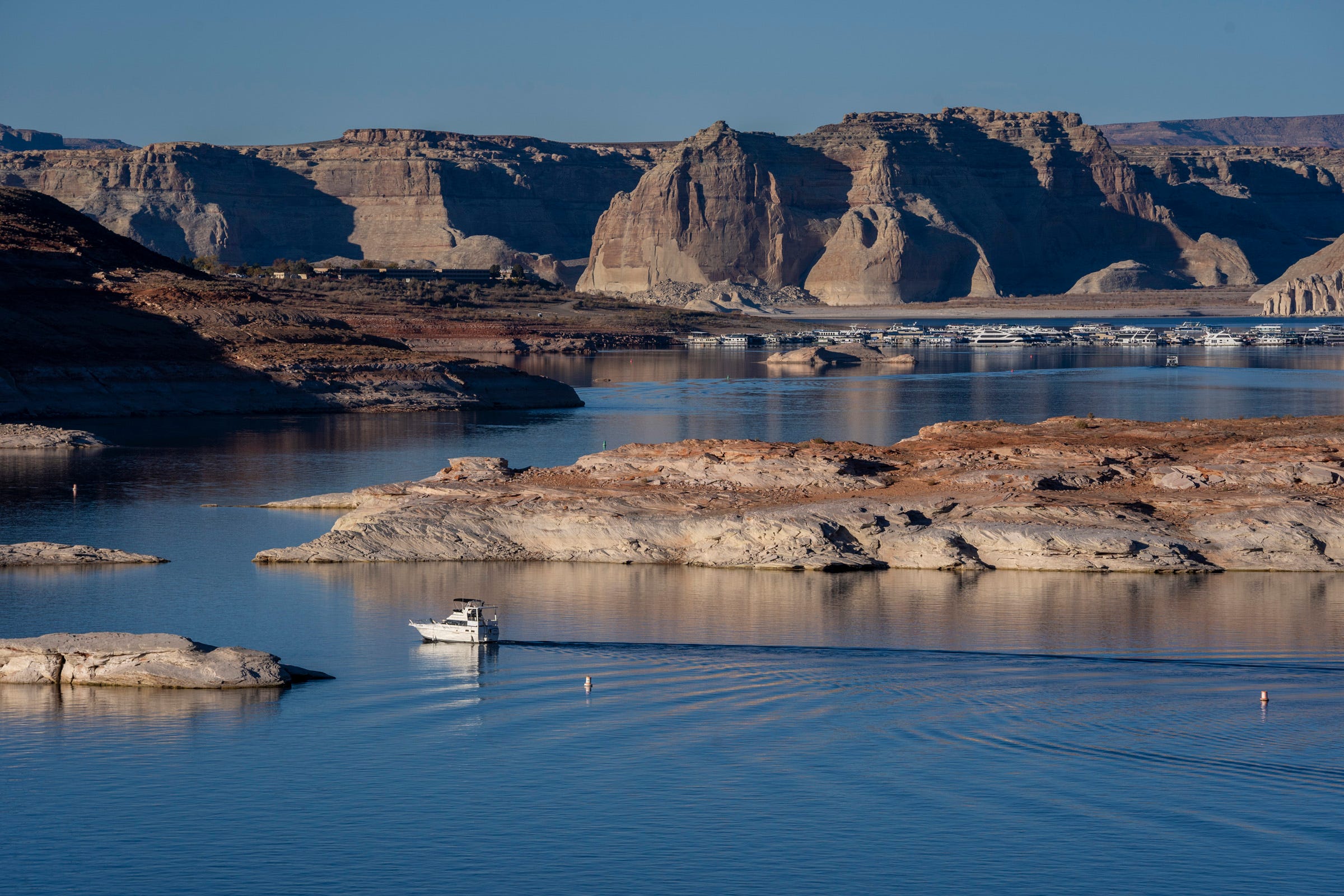
Wockner argues demand management won’t work. He says the effects of climate change are so dire that it no longer makes sense trying to keep enough water in Lake Powell to avert a potential compact call.
“We think the farmers are purposely being sold a bill of goods,” Wockner said. “Saving us from a compact call is sort of a Trojan Horse to get the water away from the farmers.”
Wockner’s group, together with the Center for Biological Diversity and Living Rivers, went to court in 2019 to challenge the federal government’s approach to managing Lake Powell.
In their federal lawsuit, they argued officials didn’t sufficiently consider the effects of climate change in a 2016 operations plan for the dam. They demanded the government redo its analysis and include the alternative of draining Lake Powell and decommissioning Glen Canyon Dam.
“If we're going to actually try to take climate change seriously, we should focus on saving Lake Mead,” he said. “We think Lake Powell is doomed.”
Wockner isn’t alone in making this argument. Some conservationists have argued for a “Fill Mead First” approach for years.
As runoff has decreased, the water level in Lake Powell has fallen. The surface of the reservoir now shimmers in the sun 117 feet below its full capacity, marked by a white line of minerals along the reddish-brown rocks.
The sides of the canyon slope down in undulating rock formations to the water, which has declined about 26 feet over the past year.
As the reservoir sinks lower, the risks of shortages continue to grow.
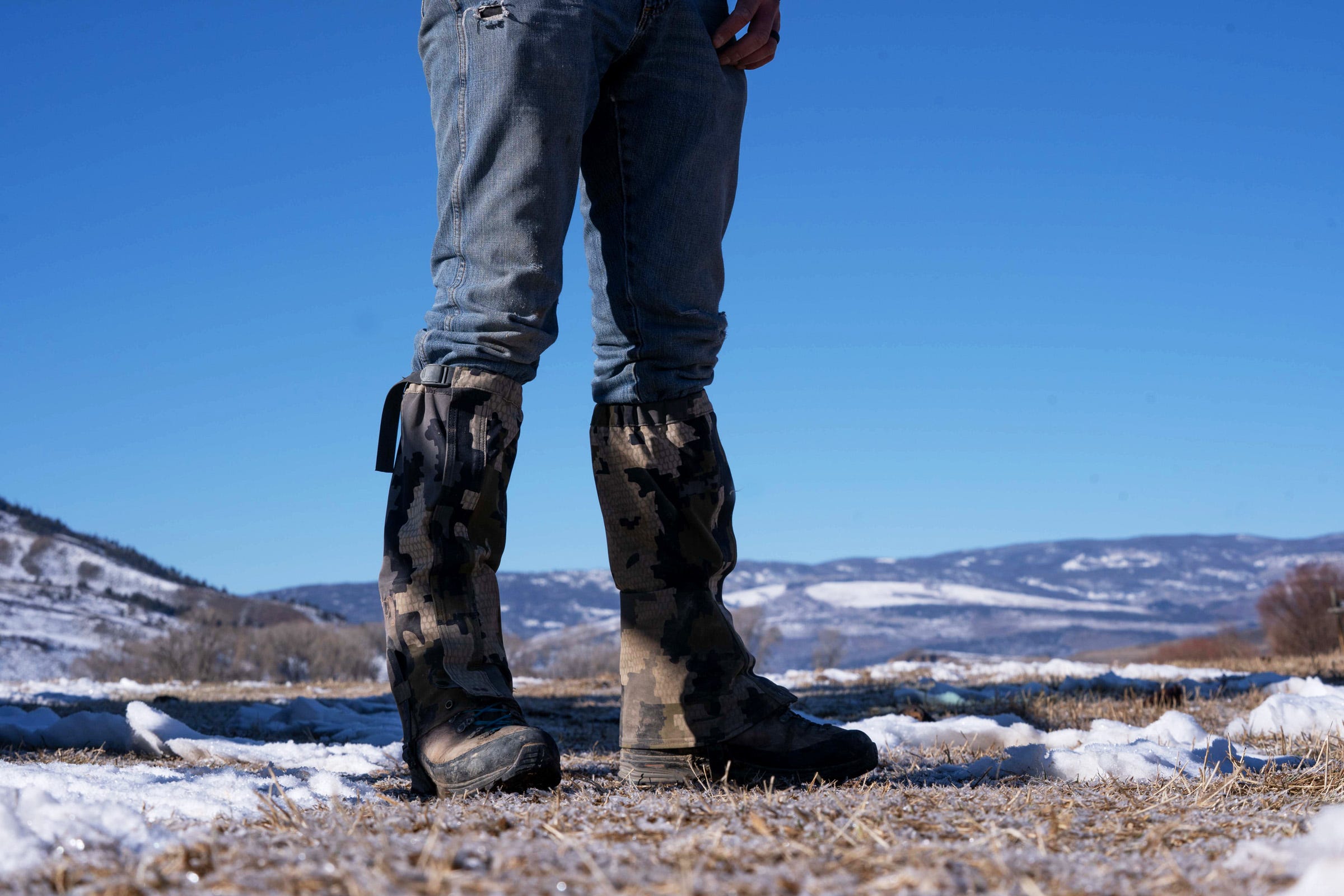
'Are we doing enough?'
At his ranch by the river, Bruchez said he wants to be on “the preventative side,” getting ahead of the looming problems instead of reacting. And that includes studying and promoting conservation, he said, because the bottom line is “we just all have to figure out how to use less water.”
In early 2019, Bruchez began talking with Perry Cabot, a researcher from Colorado State University, about a project that would help provide data on crop water use, impacts of reduced irrigation and strategies for conserving water.
Cabot gave a presentation to the Colorado Basin Roundtable, and members supported the idea of a study. The project began in 2020 with about $900,000 in funding, including support from the Colorado Water Conservation Board and groups including Trout Unlimited and American Rivers.
A group of nine ranchers participated and were paid for leaving some fields dry or partially dry, Bruchez said. More than 900 acres weren’t irrigated for the entire year, and about 200 acres were “deficit irrigated,” meaning they received less water.
Bruchez’s ranch totals about 6,000 acres. He participated on about 41 acres, where he stopped irrigating on June 15 and didn’t water the rest of the year.
“My end goal is to understand the impacts of water conservation for agriculture so that if and when there are programs to participate, agriculture is doing it based on science,” Bruchez said.
Bruchez said he’s hopeful about collaboration helping to bring solutions so ranching will continue and his kids will still be able to grow food and catch trout along the river. But he’s also concerned that, whether it’s moving toward innovation in agriculture or managing forests, “we are not keeping up with the pace” of the changes on the ground.
That became terrifyingly clear in October, when the East Troublesome Fire exploded in high winds, destroying neighborhoods and burning through the river’s headwaters in Rocky Mountain National Park.
As the flames spread, Bruchez’s brother, Doug, hurried to Granby with a horse trailer to help load up livestock and evacuate animals from the area.
Doug Bruchez said the monster fires underscored how the forests have been badly mismanaged by government officials, who have let dangerous fuel loads accumulate over decades.
“The immediate thing we have to start doing is managing our forests,” Doug said. Without swift action to thin the forests and reduce the loads of vegetation and beetle-killed trees, he said, “I think that what’s going to happen in the future will dwarf what happened this year.”
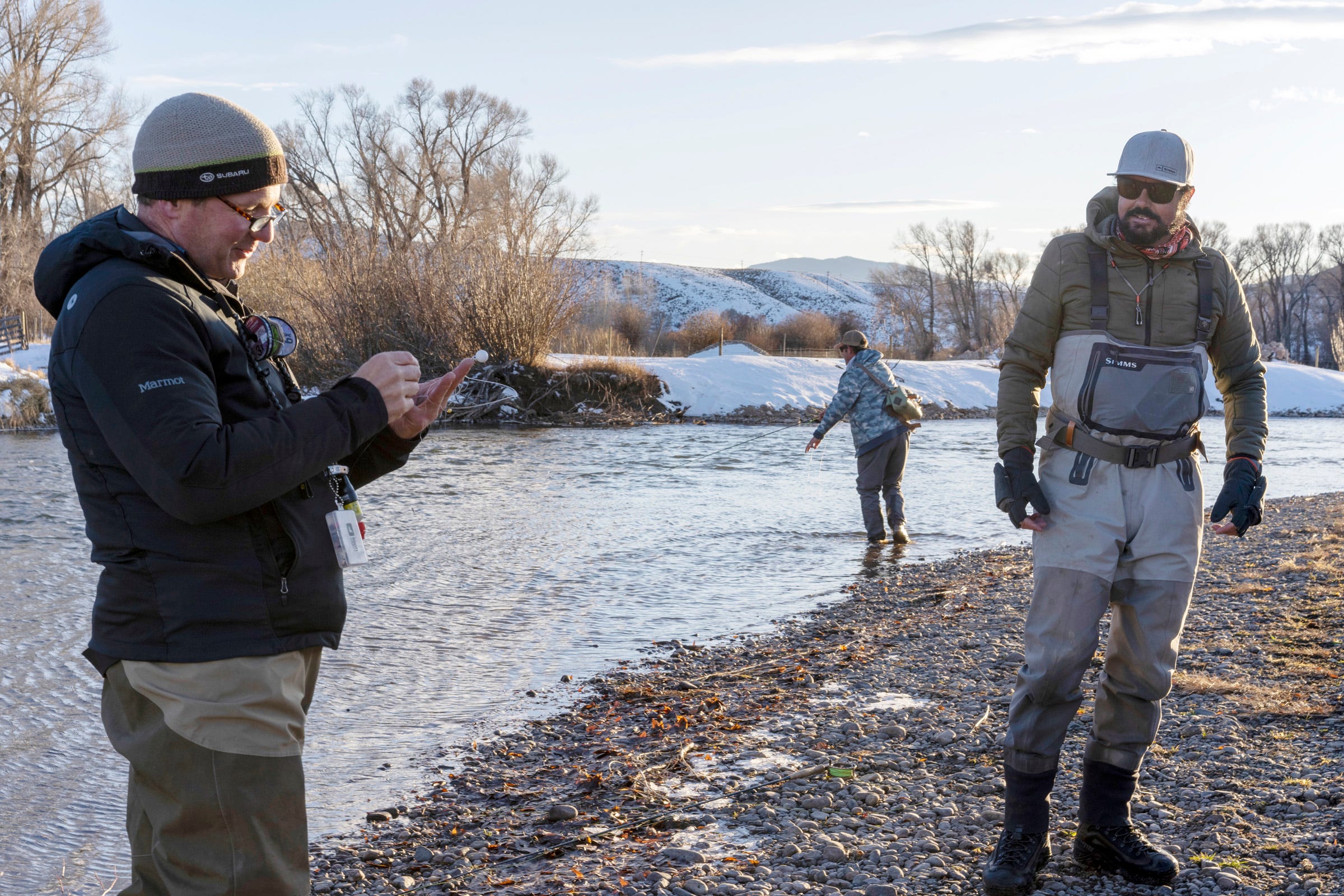
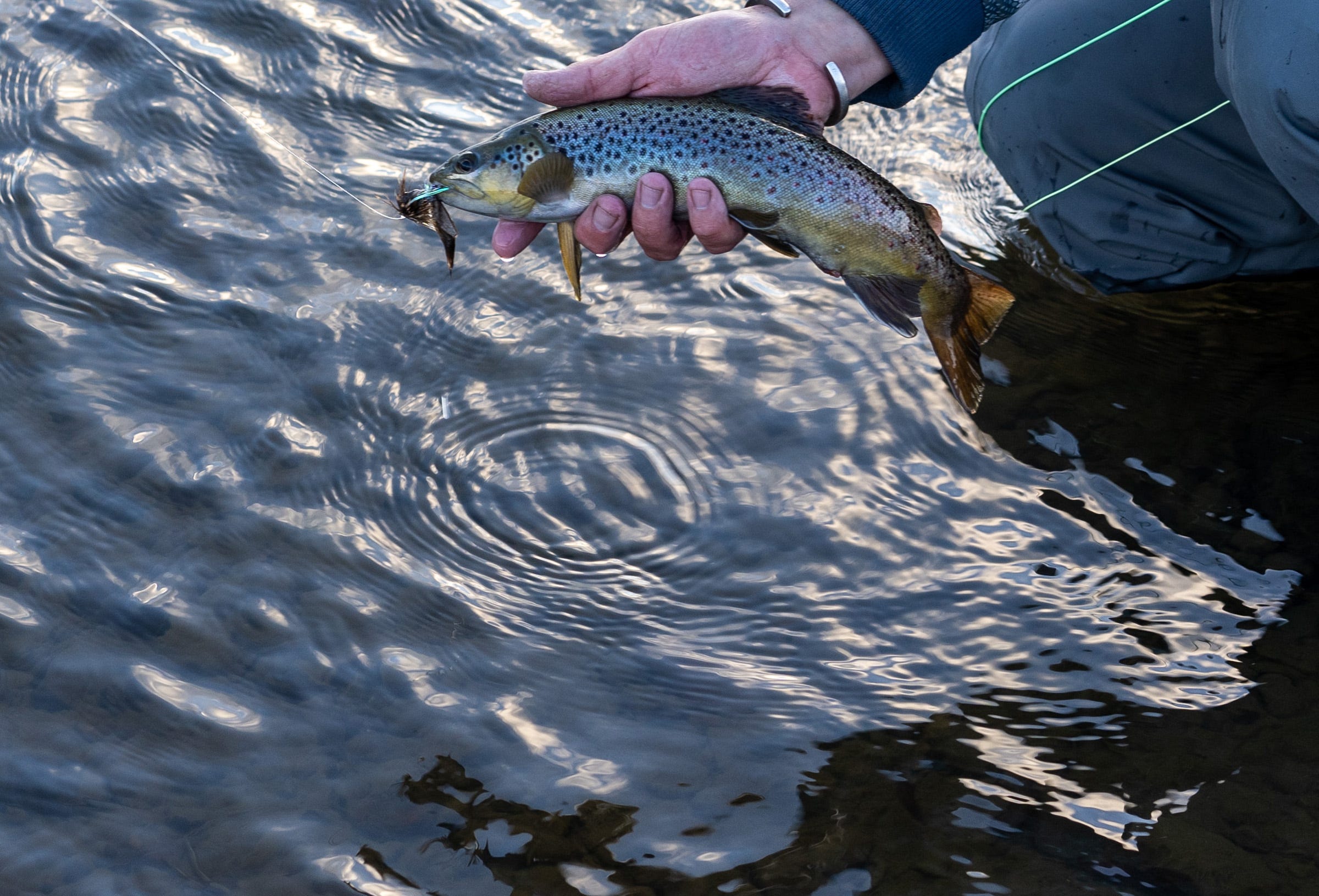
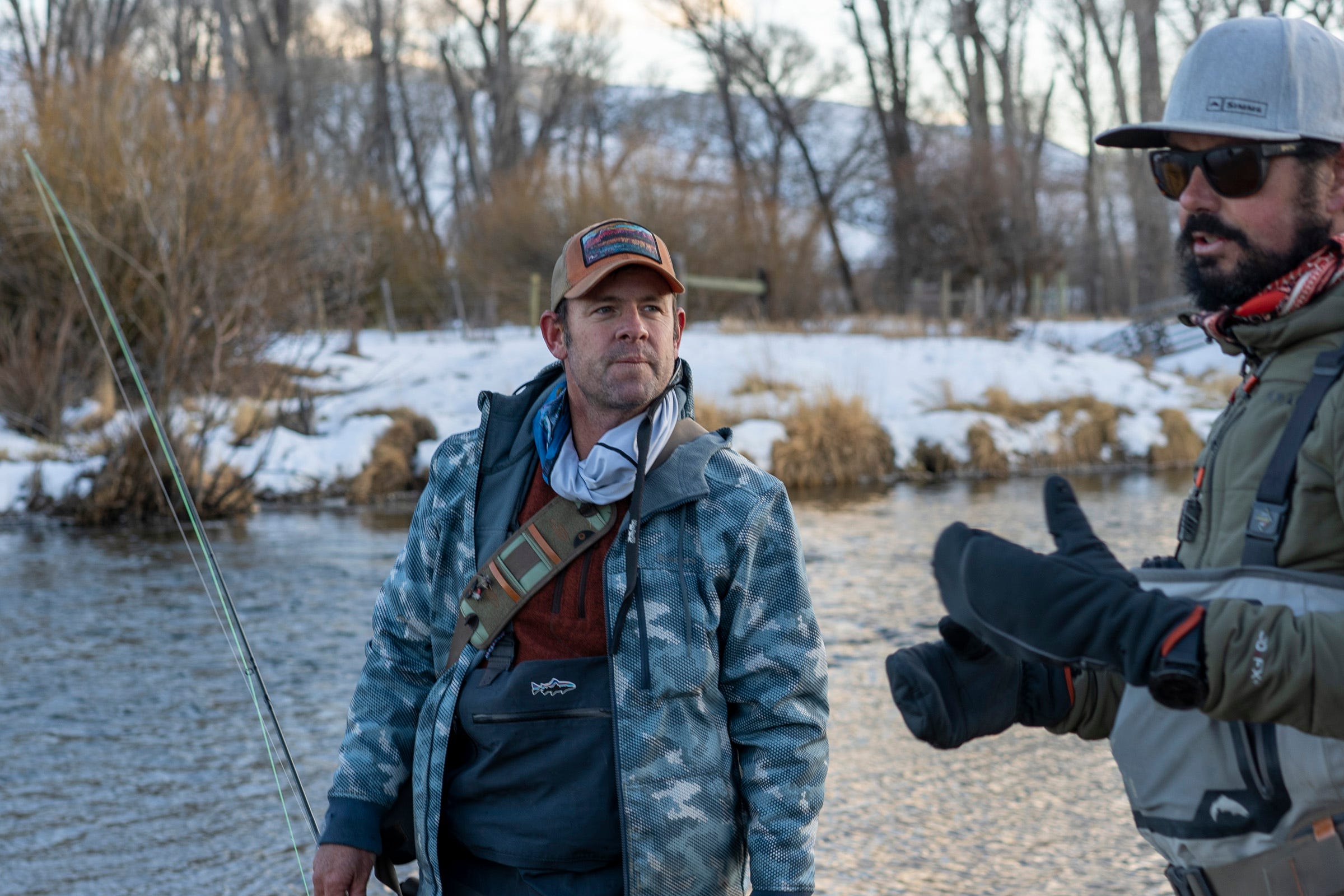
Paul Bruchez said he’s seen that when people talk about solutions, they often seem to draw boxes around different approaches like demand management, water conservation, climate change and forest management, but he thinks they’re all quite connected.
“It’s all the same conversation,” Bruchez said. “To me, the question just comes down to, are we doing enough, quick enough?”
That afternoon, Bruchez broke out fly rods and went fishing on the river with Matt Rice, who leads American Rivers’ Colorado River Basin program, and Andy Mueller and Zane Kessler from the Colorado River District.
They met to celebrate after voters overwhelmingly passed a ballot measure that will raise taxes and generate nearly $5 million a year for the Colorado River District, which plans to use the money to help protect drinking water sources and supplies for farmers and ranchers on the West Slope.
Rice said the broad support for the measure demonstrated how people come together around the importance of water.
“People here, regardless of your politics, they see what’s happening to this geographic region: Its water supplies are diminishing,” Rice said.
I think that what’s going to happen in the future will dwarf what happened this year.
The dire situation, Mueller said, points to a need for people all along the river to cooperate and recognize their interests are interconnected — including a need to ensure water for agriculture, for cities and for the environment.
"This is not a matter of exercising our political rights or our freedoms," Mueller said. "It's a matter of actually coming together and protecting the river and the communities that depend on it."
As the party got underway, they drank beer and bourbon, celebrating what they said was one positive step forward.
“It's that water that is provided by the Colorado River that ties us all together,” Mueller said. “And truly, when we recognize the importance of the Colorado River and how it ties us together, that's when we succeed as a society.”
Ian James is a reporter with The Arizona Republic who focuses on water, climate change and the environment in the Southwest. Send him story tips, comments and questions at ian.james@arizonarepublic.com and follow him on Twitter at @ByIanJames.
Support local journalism: Subscribe to azcentral.com today.
Environmental coverage on azcentral.com and in The Arizona Republic is supported by a grant from the Nina Mason Pulliam Charitable Trust. Follow The Republic environmental reporting team at environment.azcentral.com and @azcenvironment on Facebook, Twitter and Instagram.
